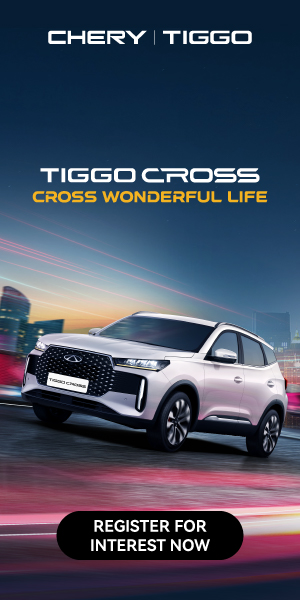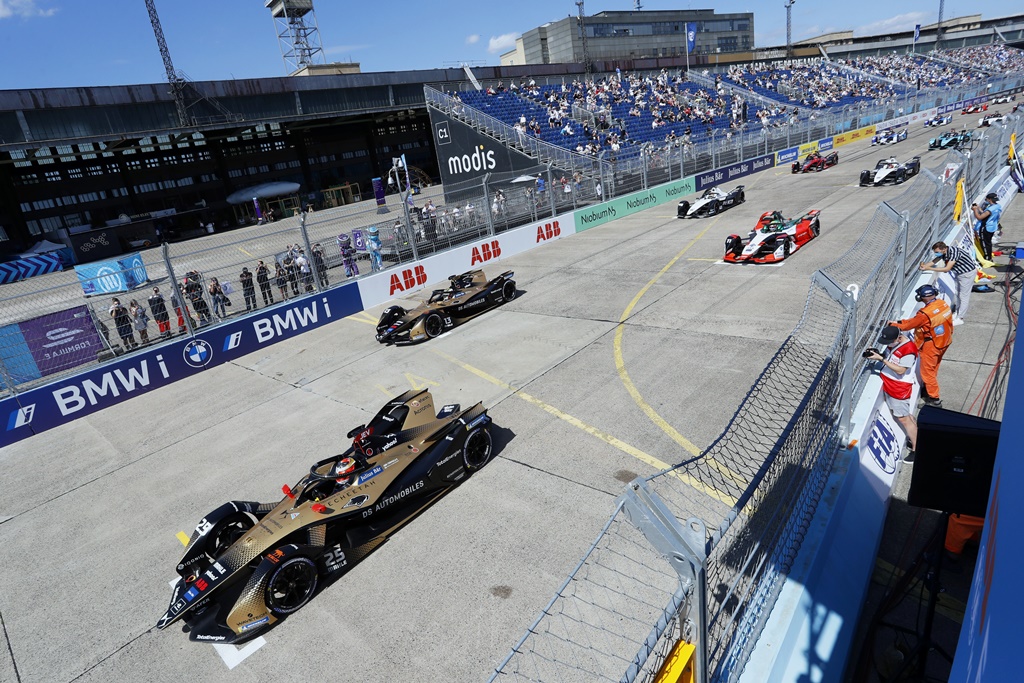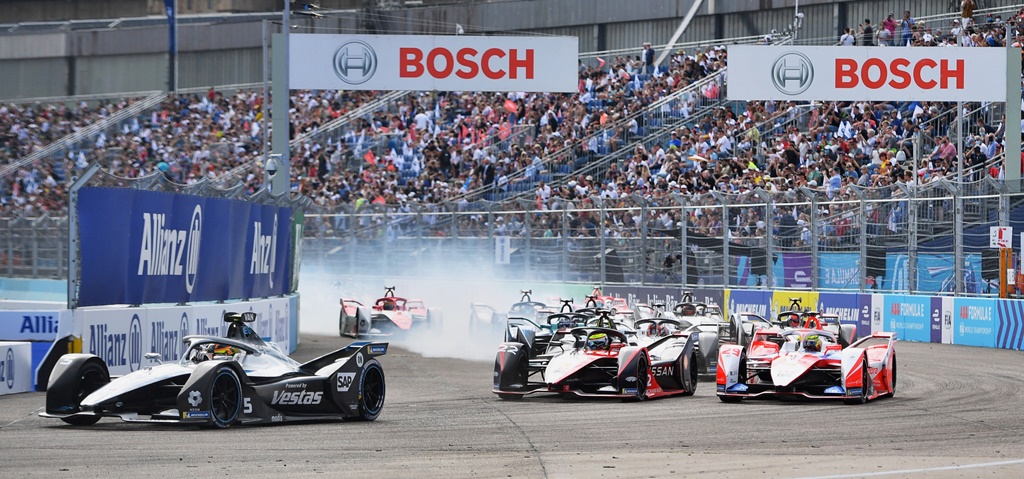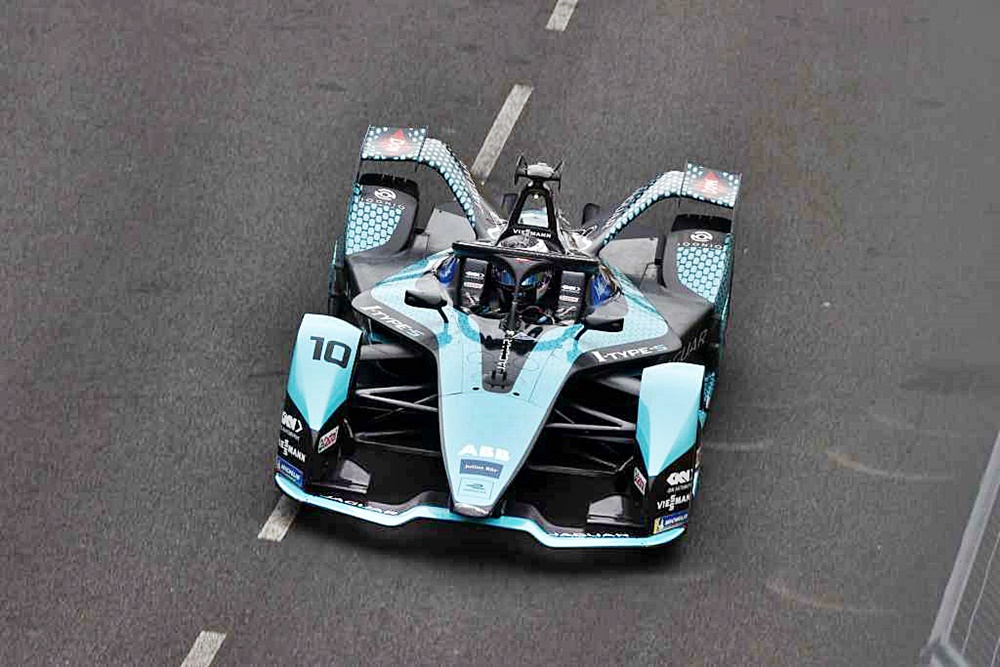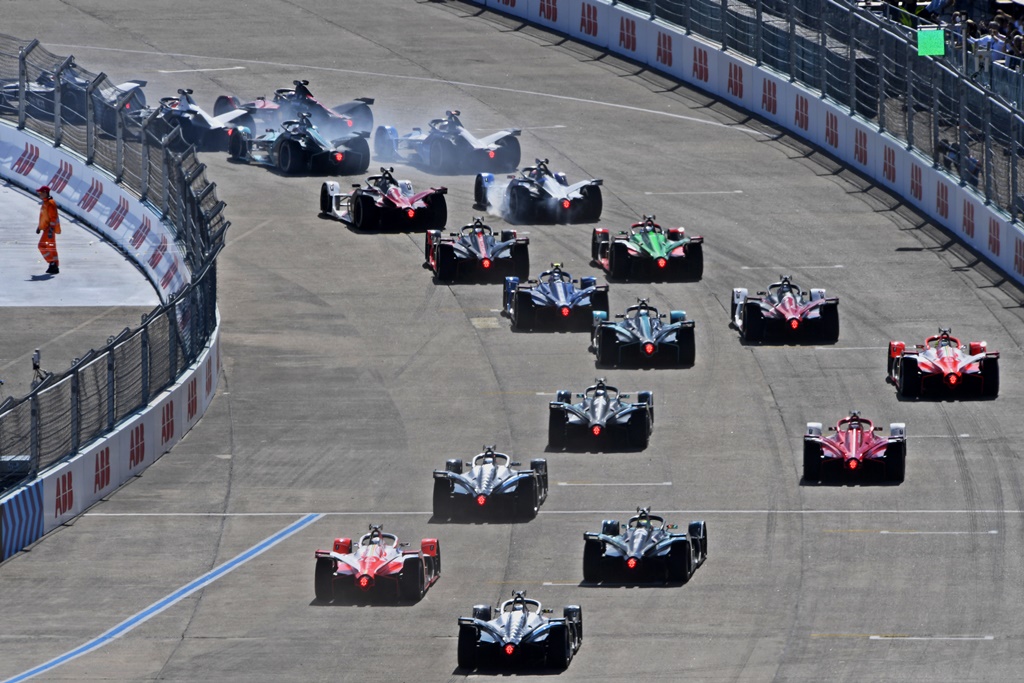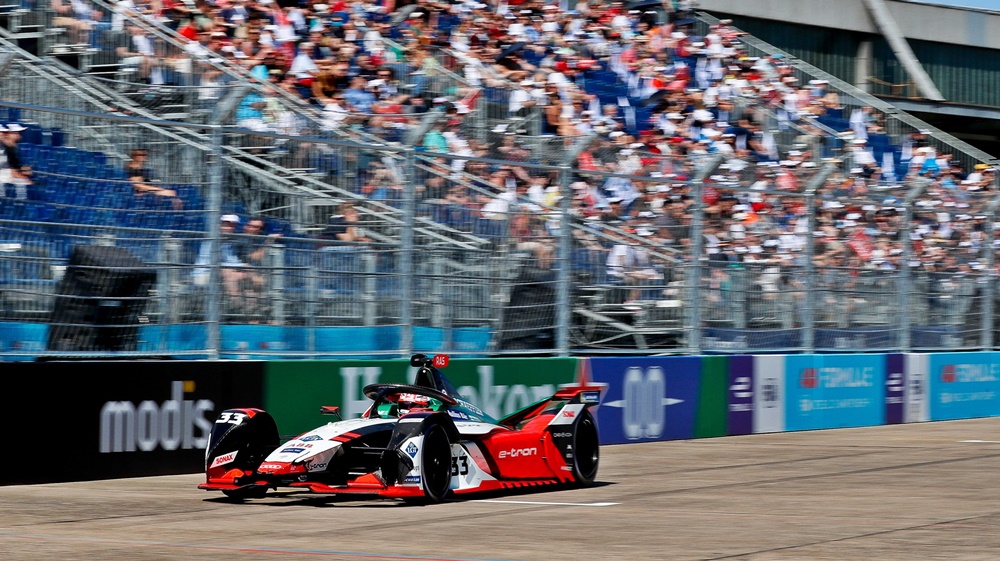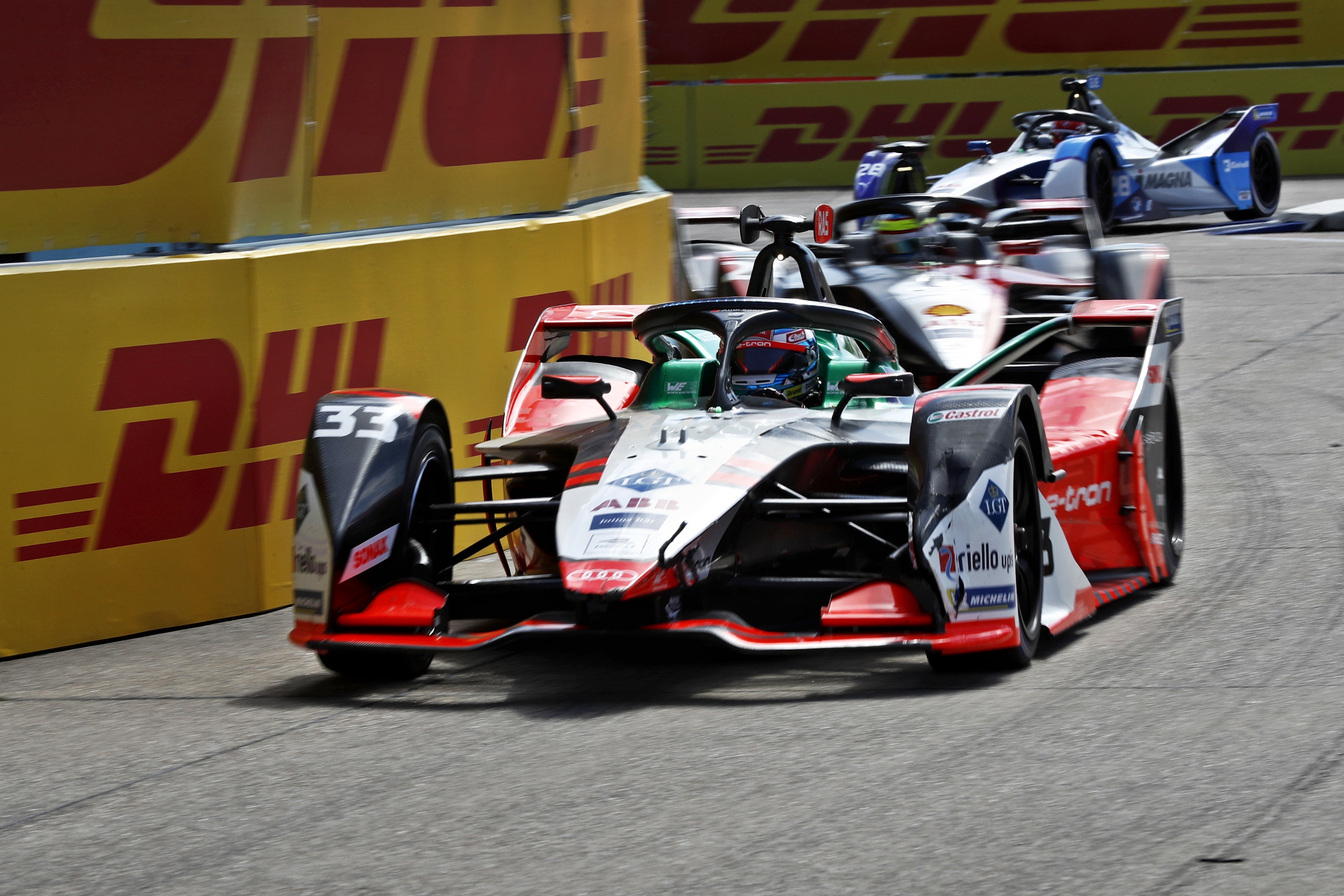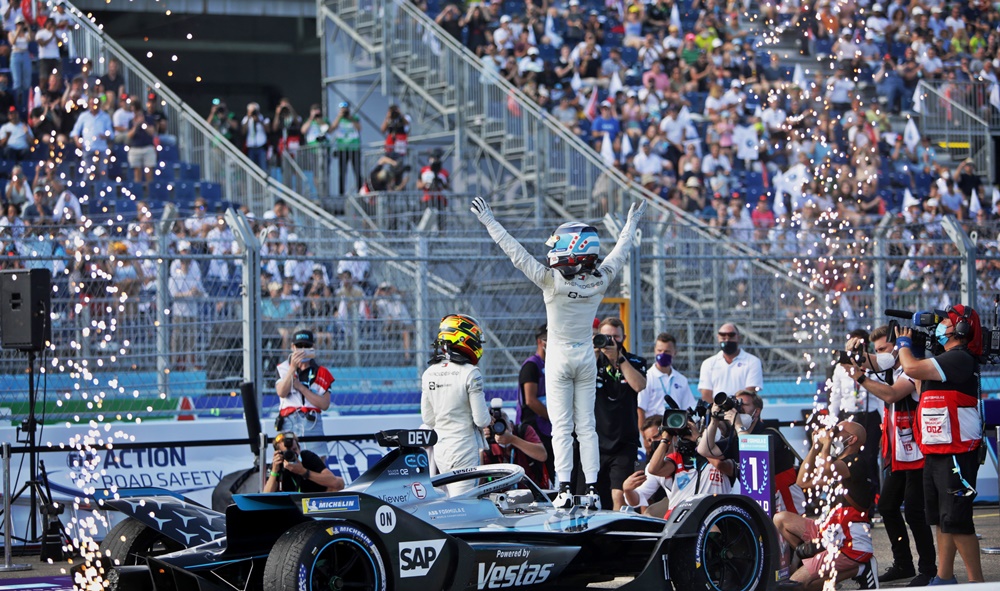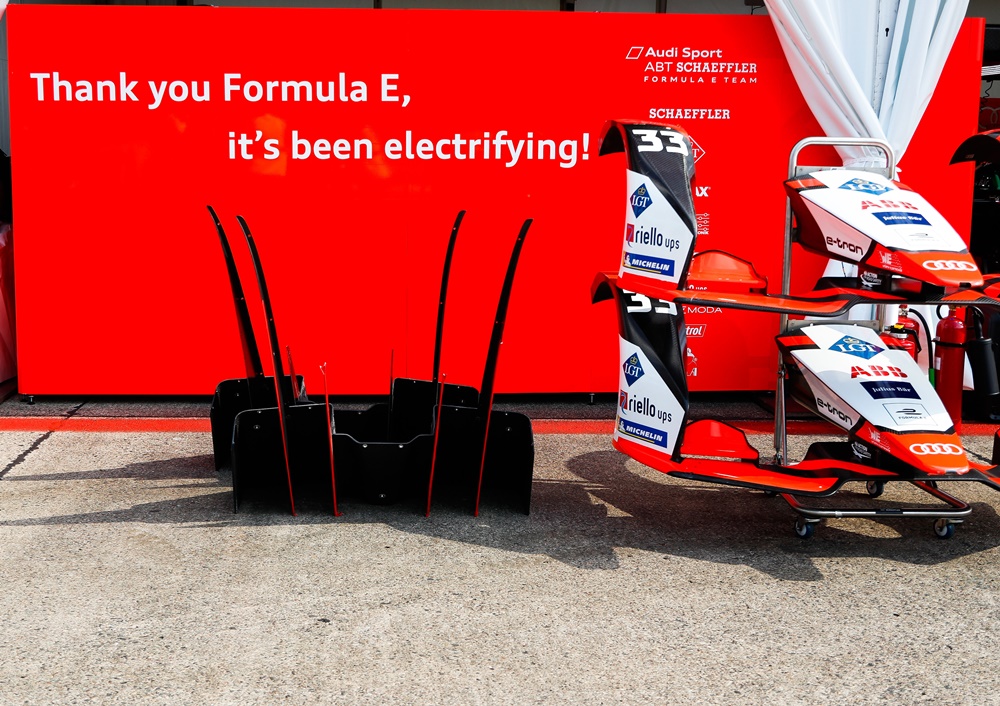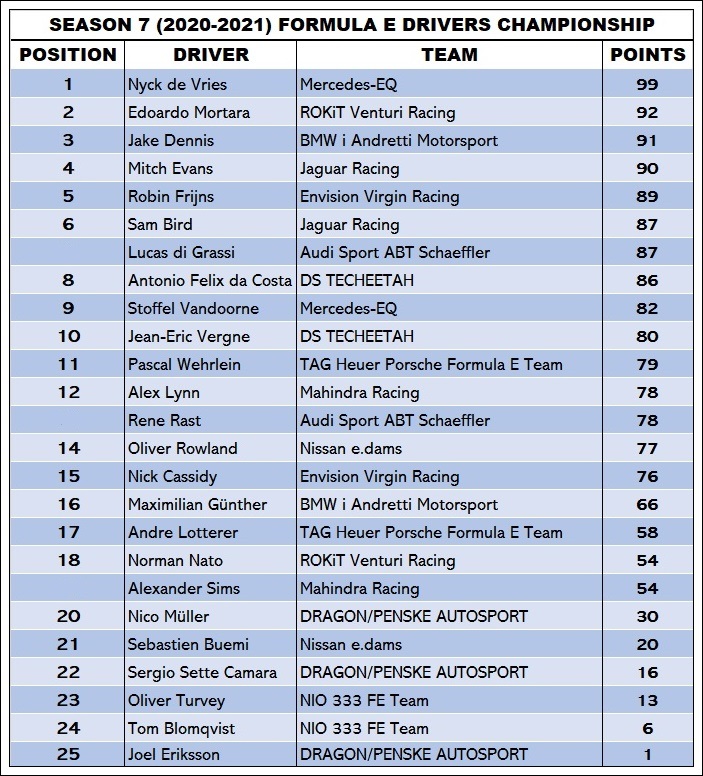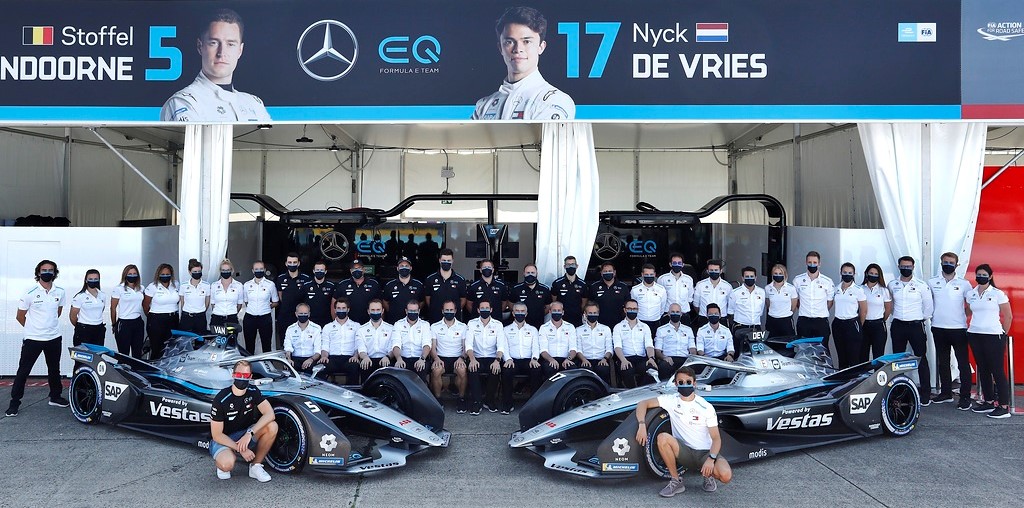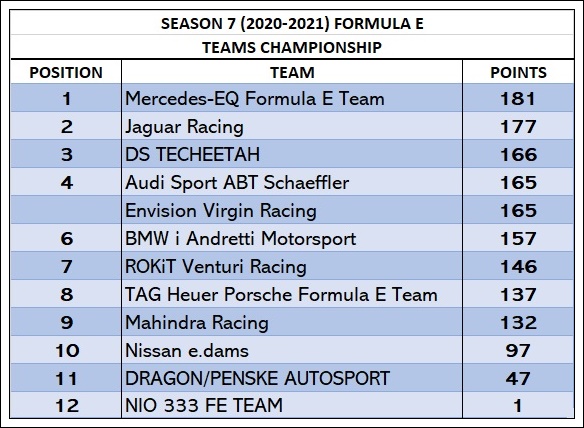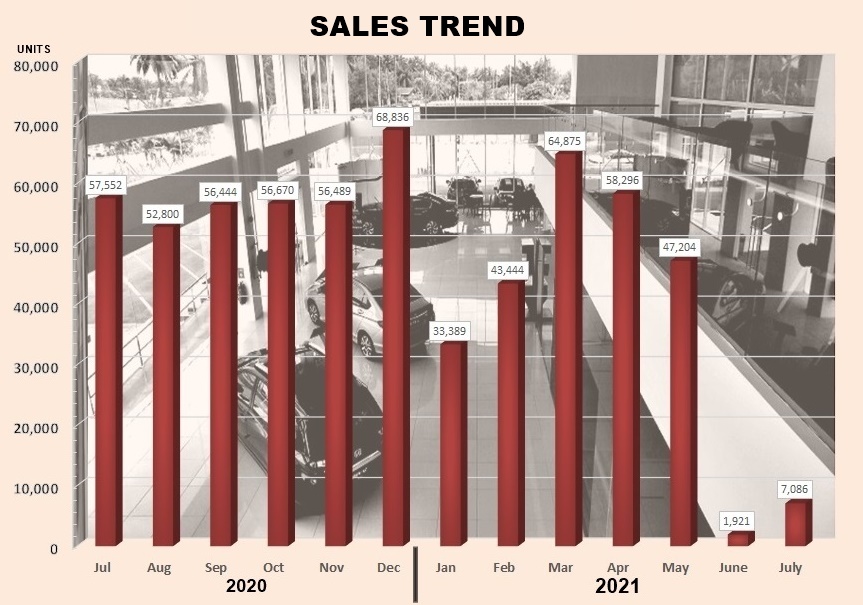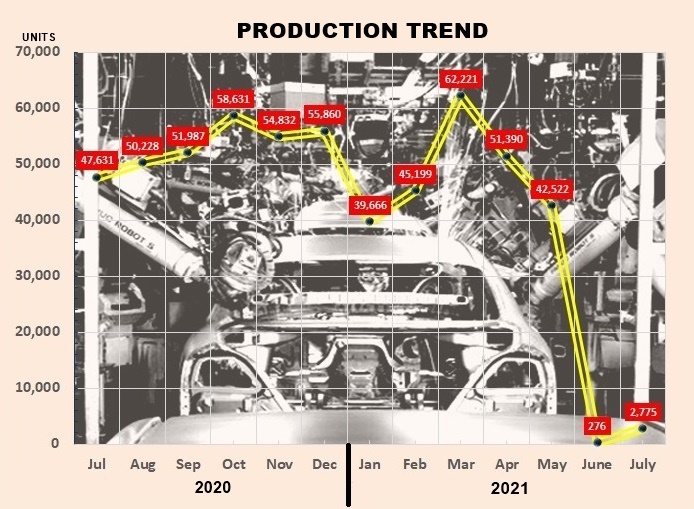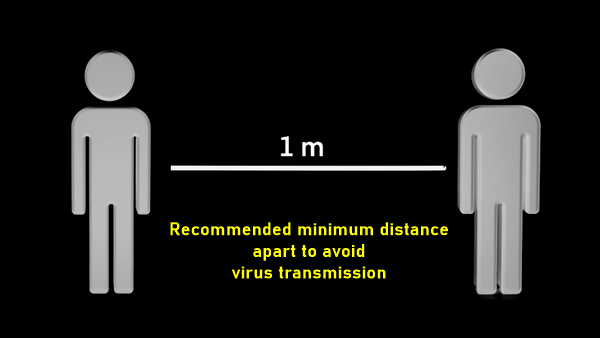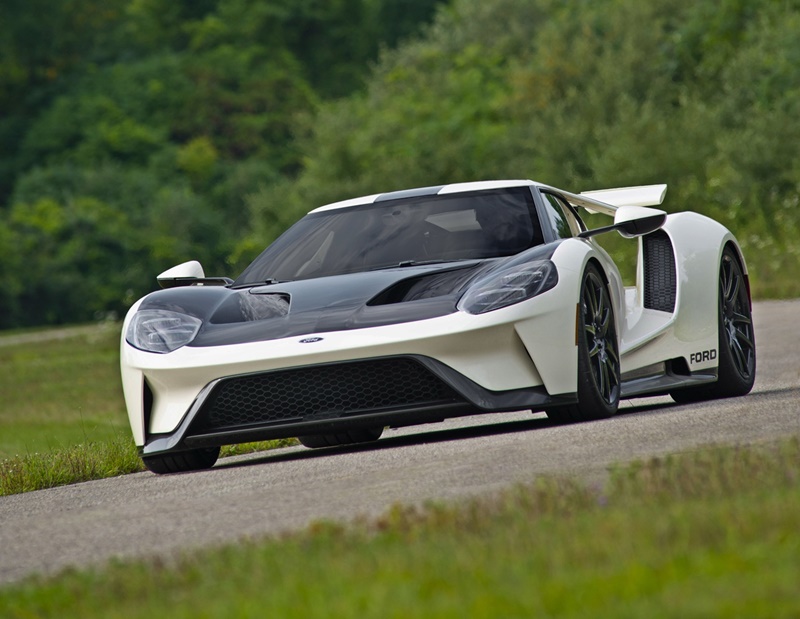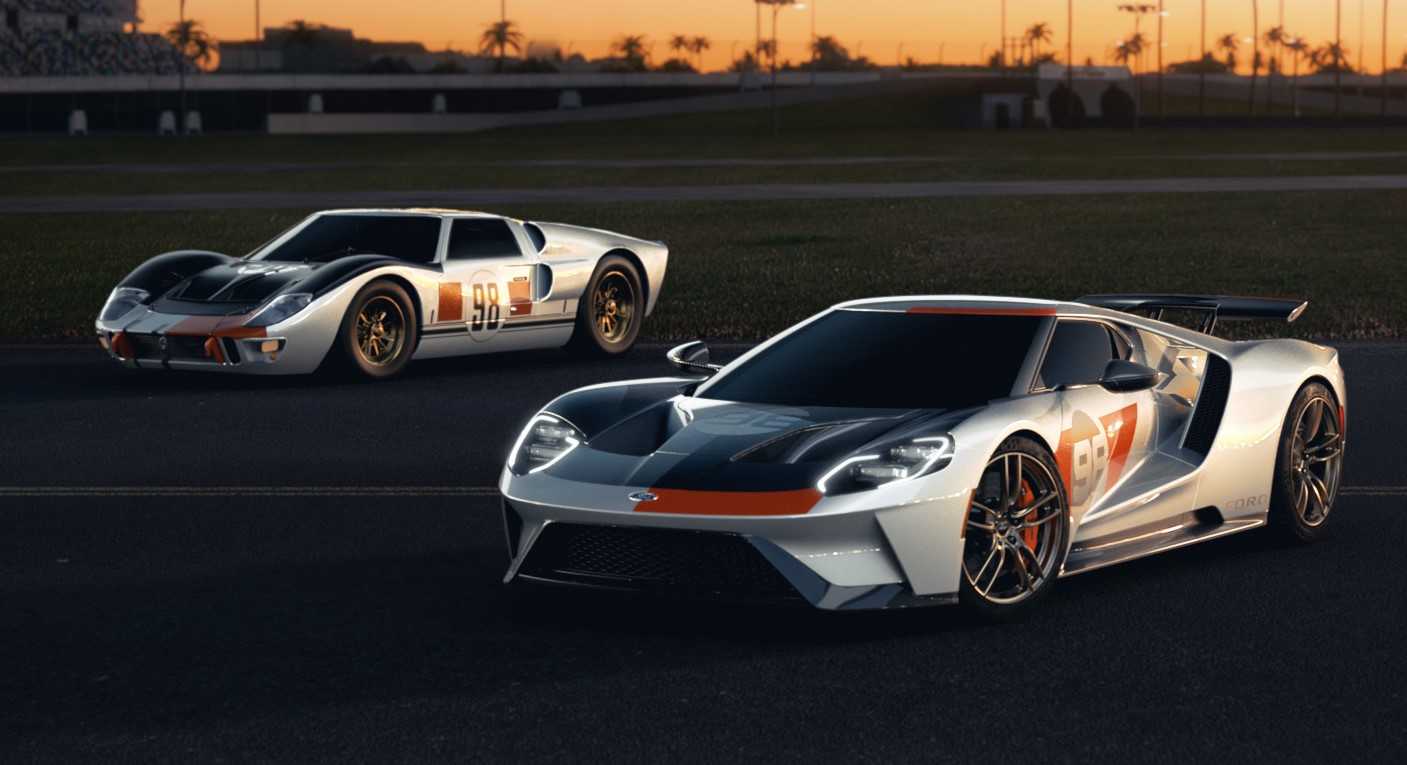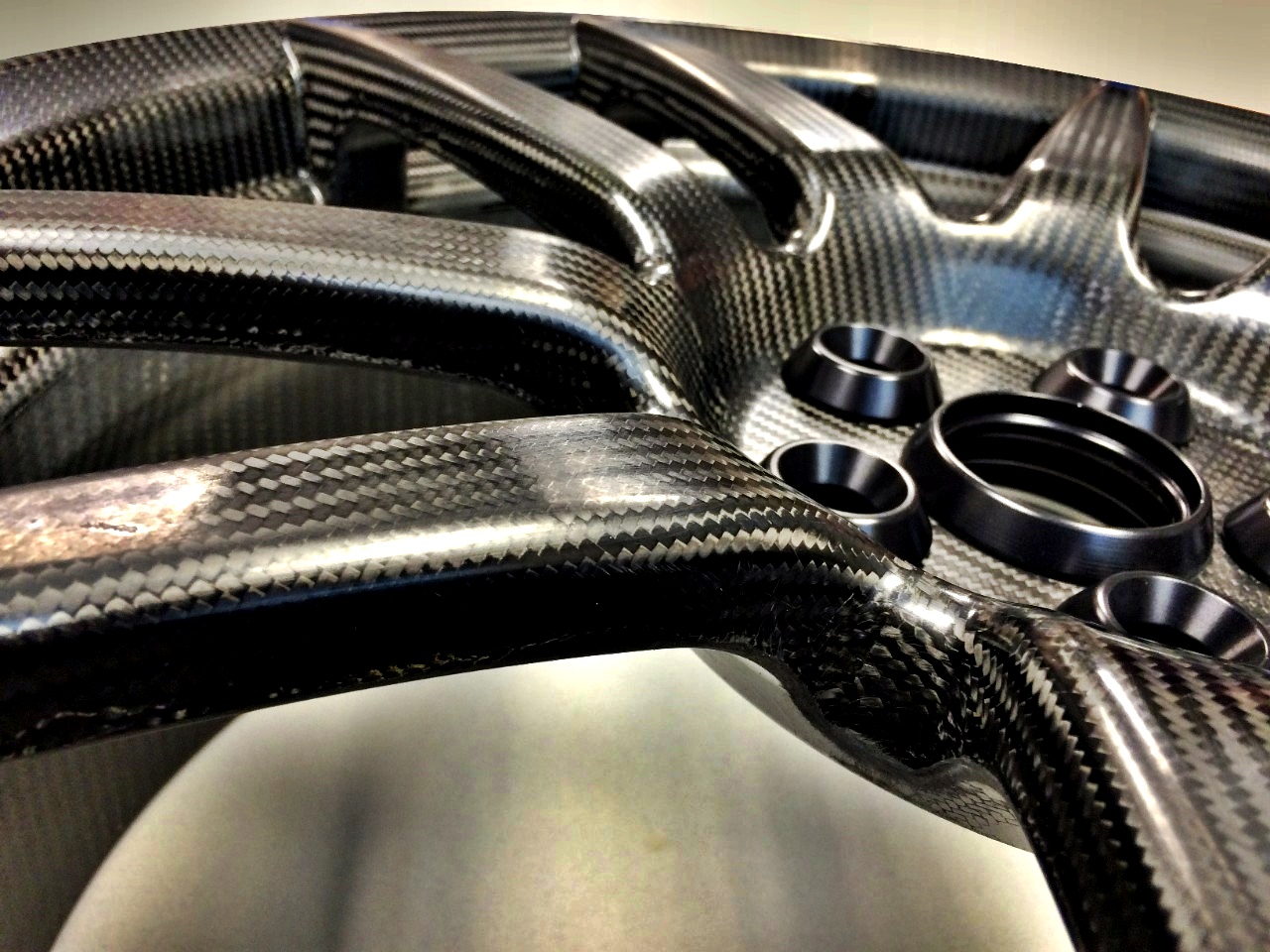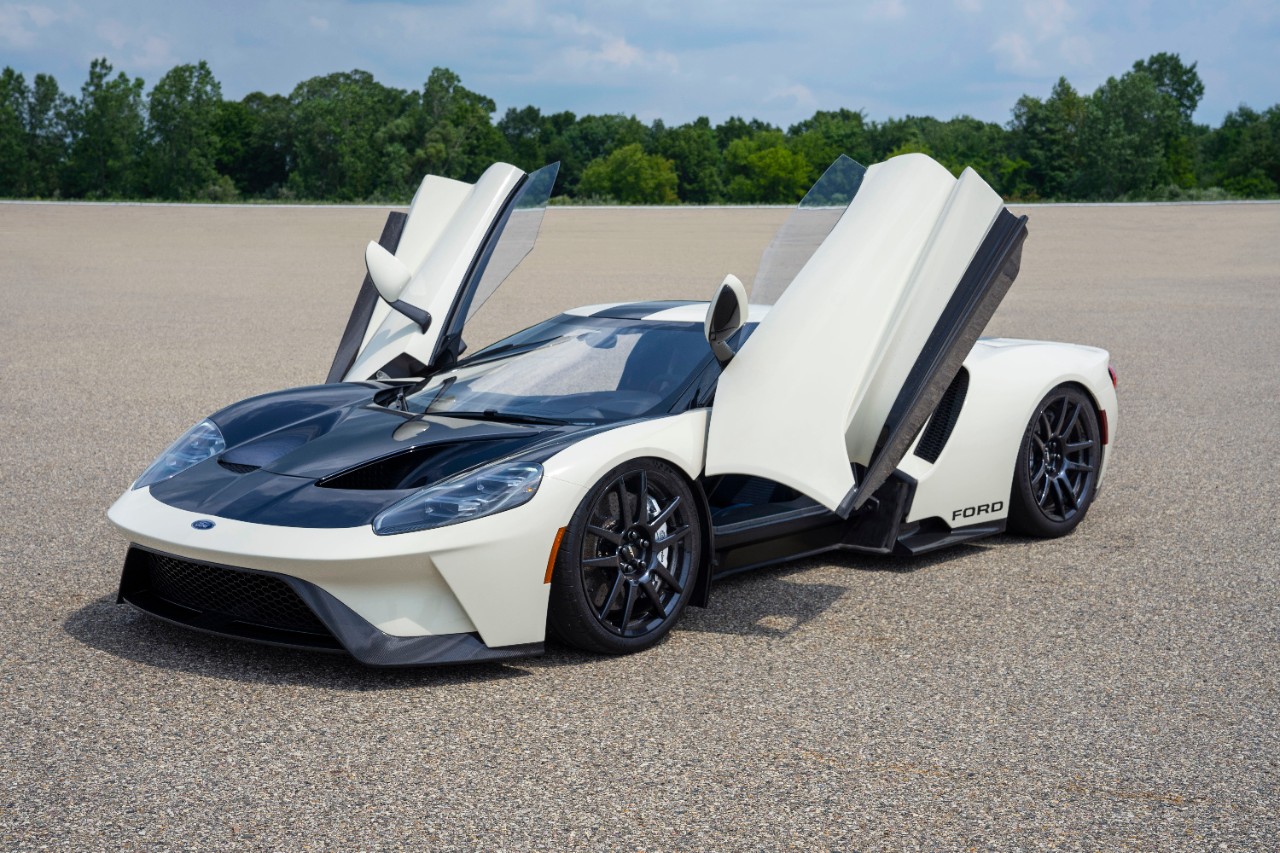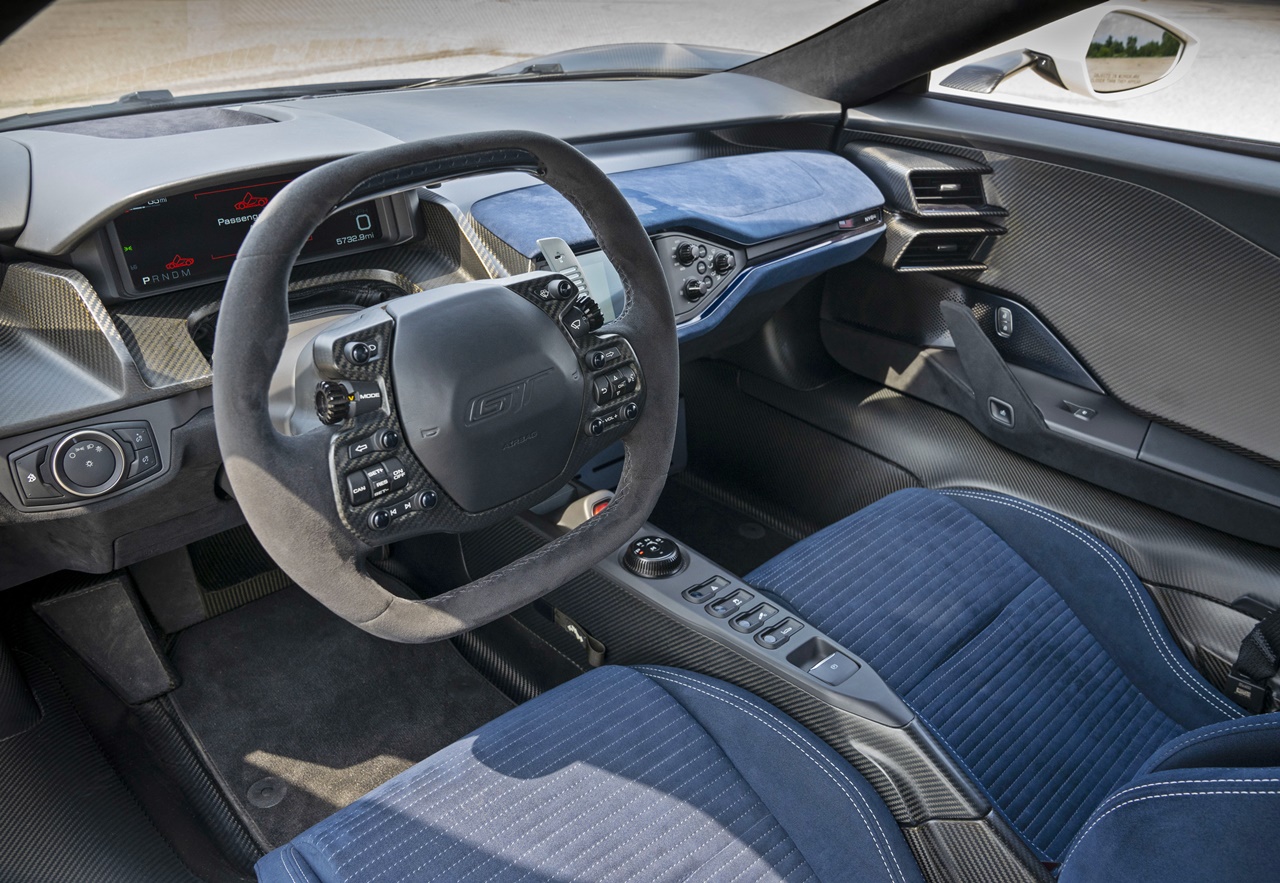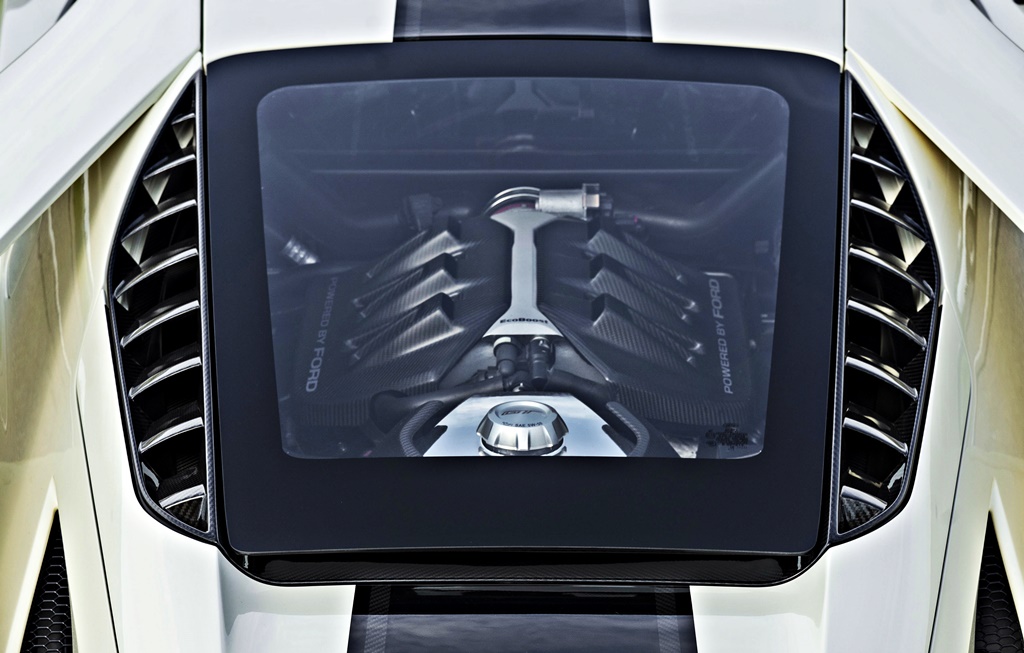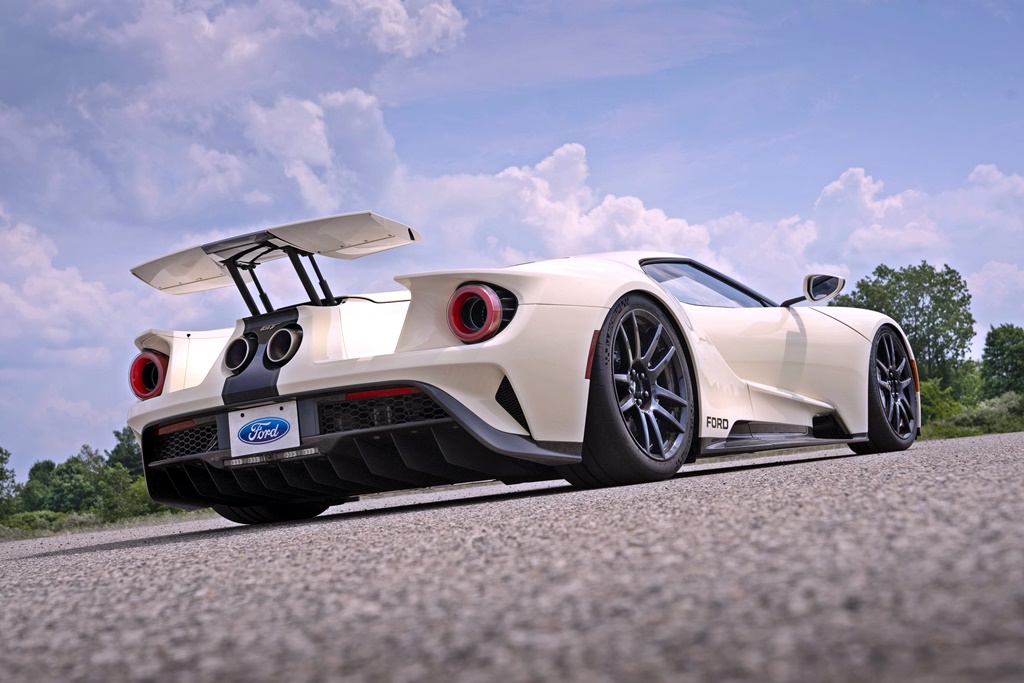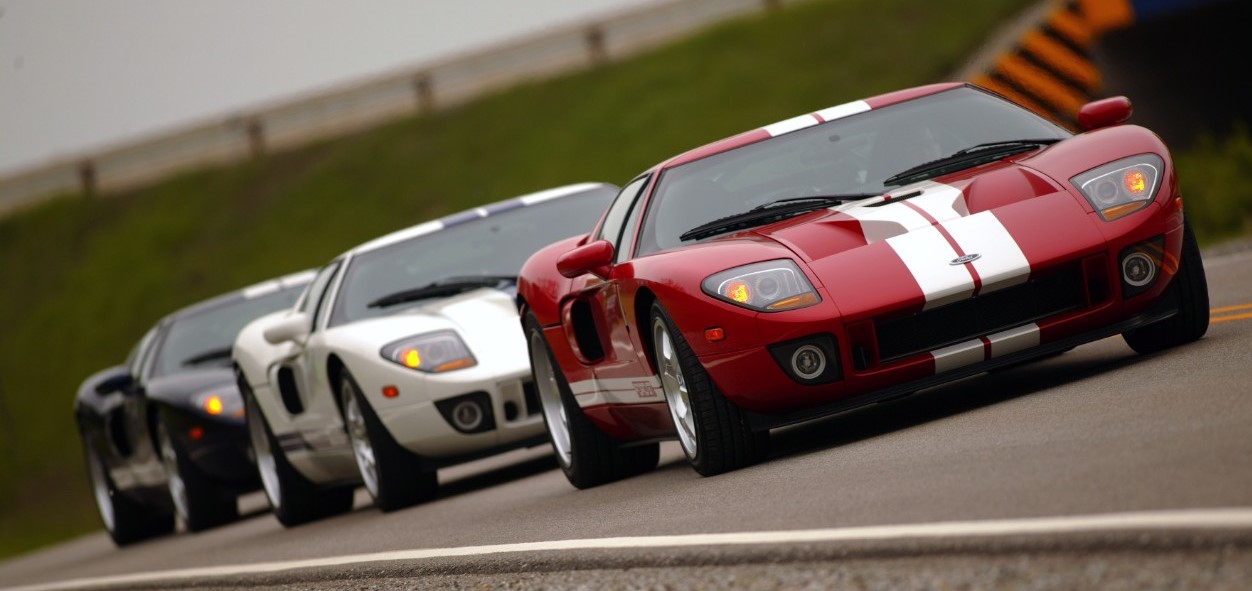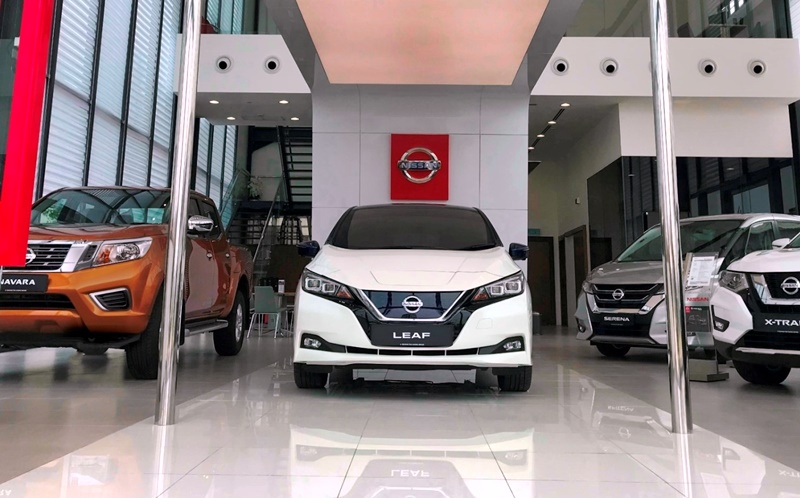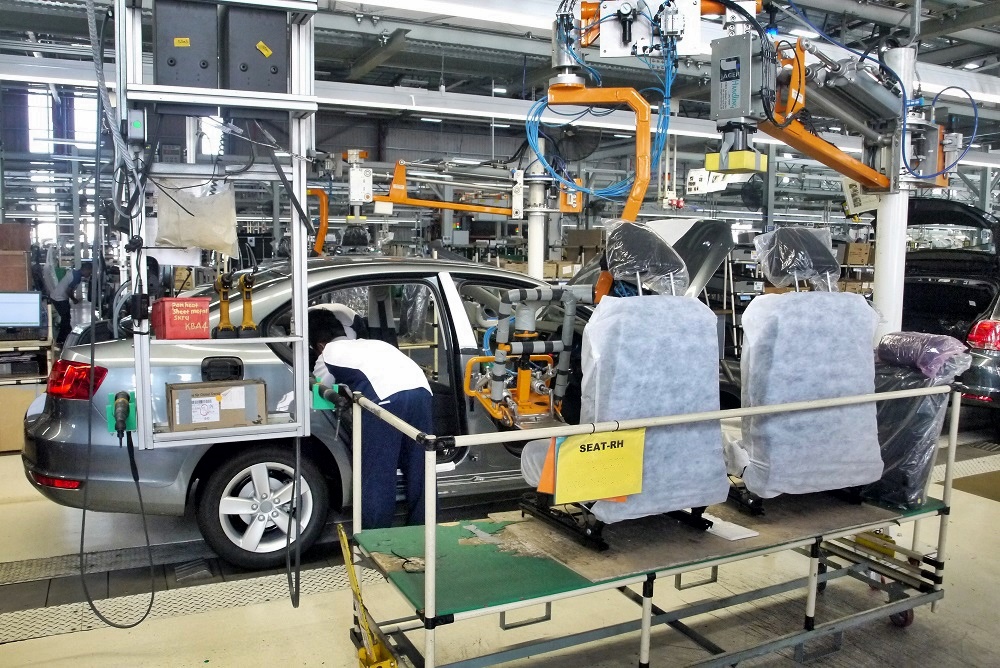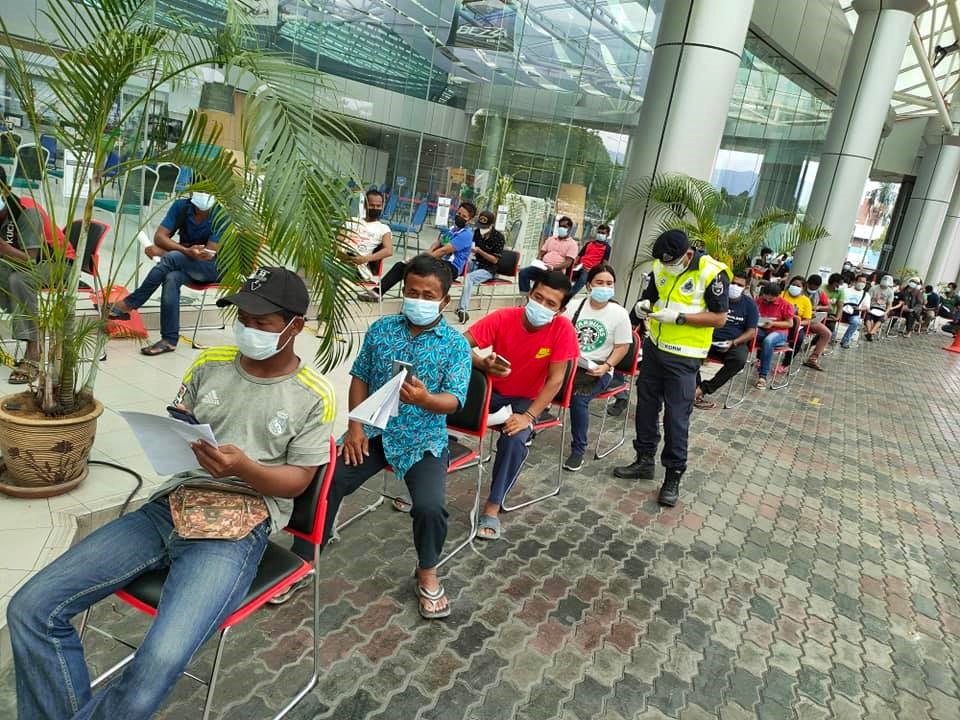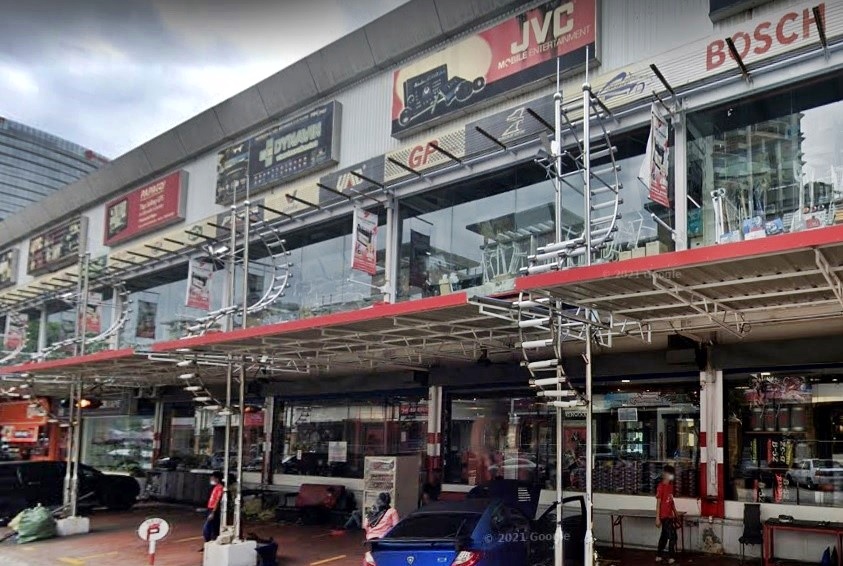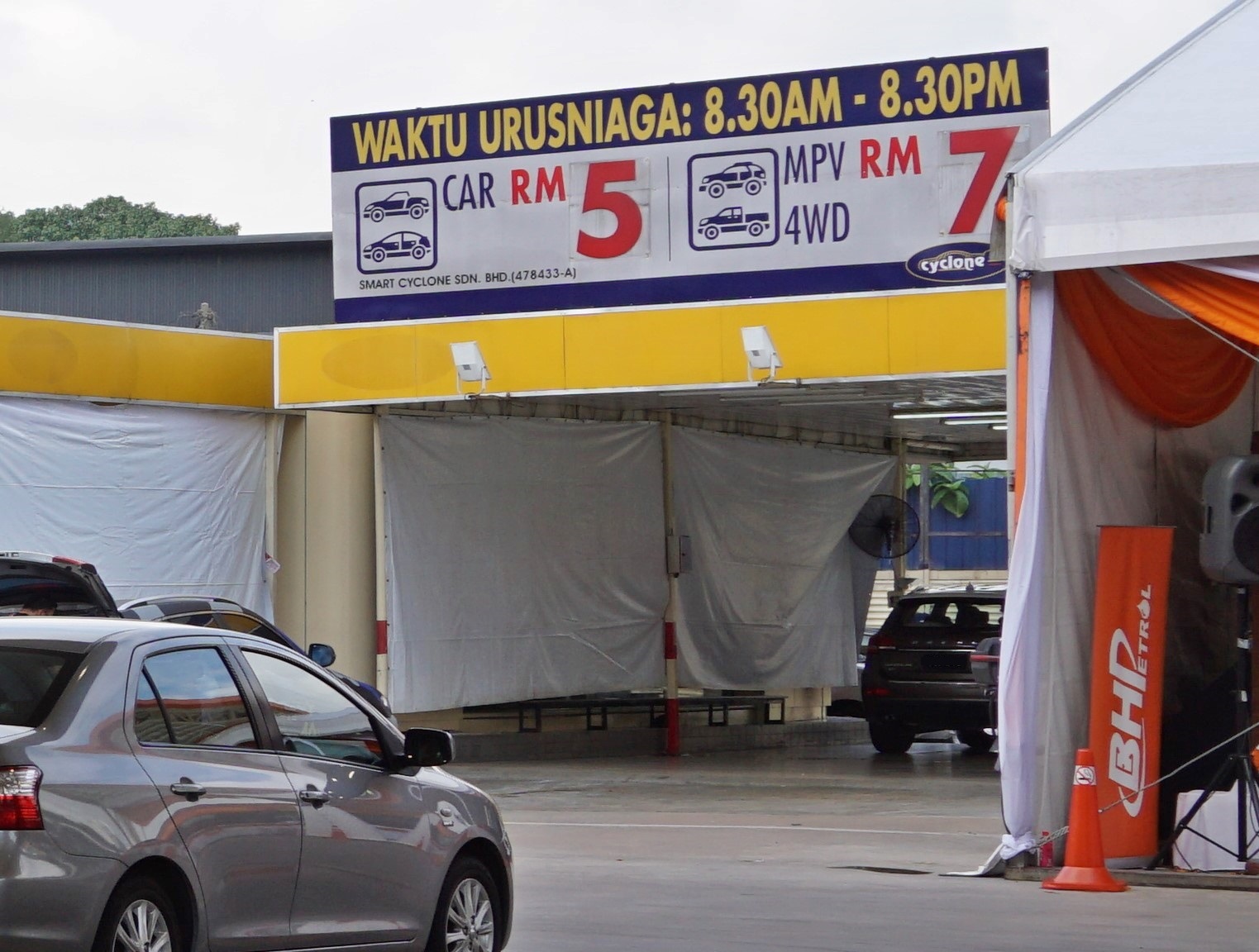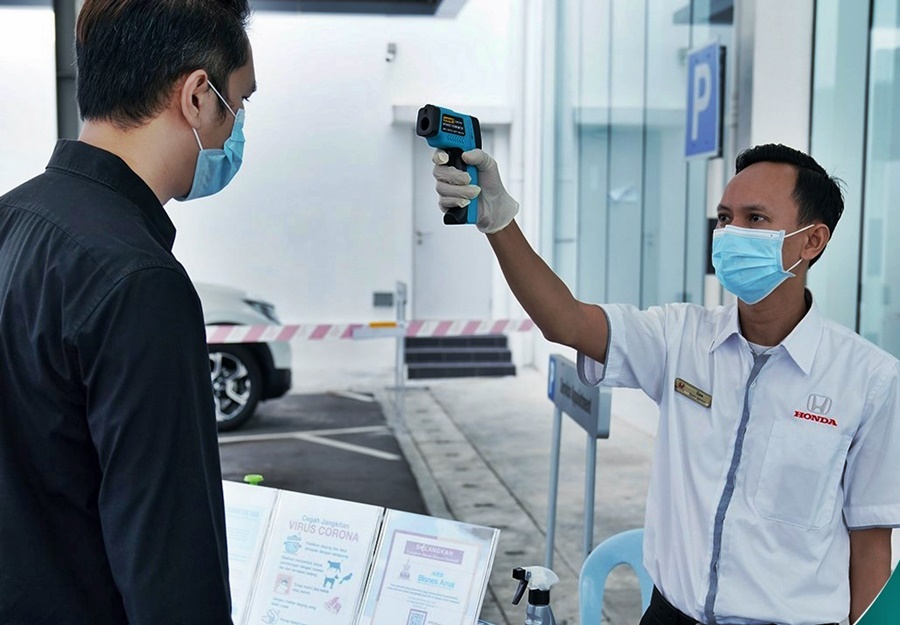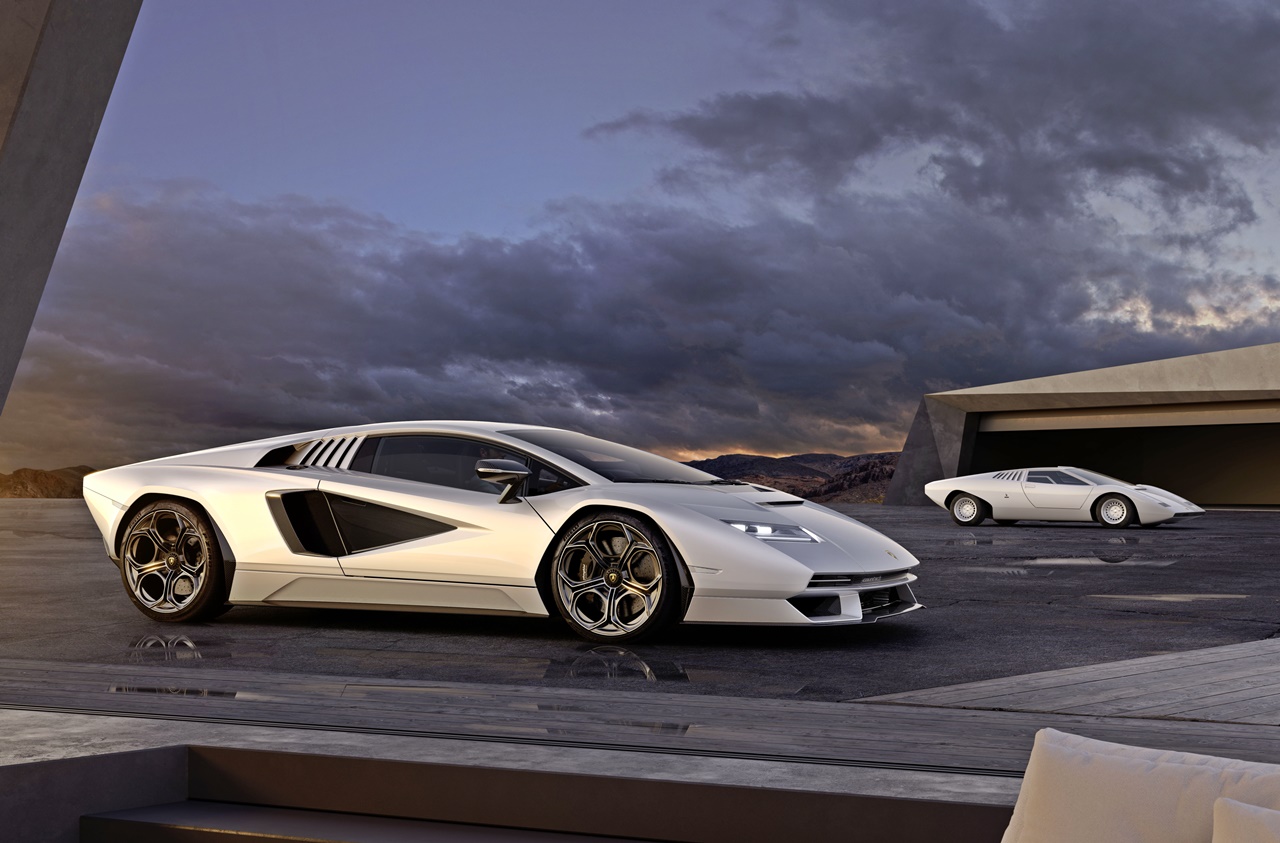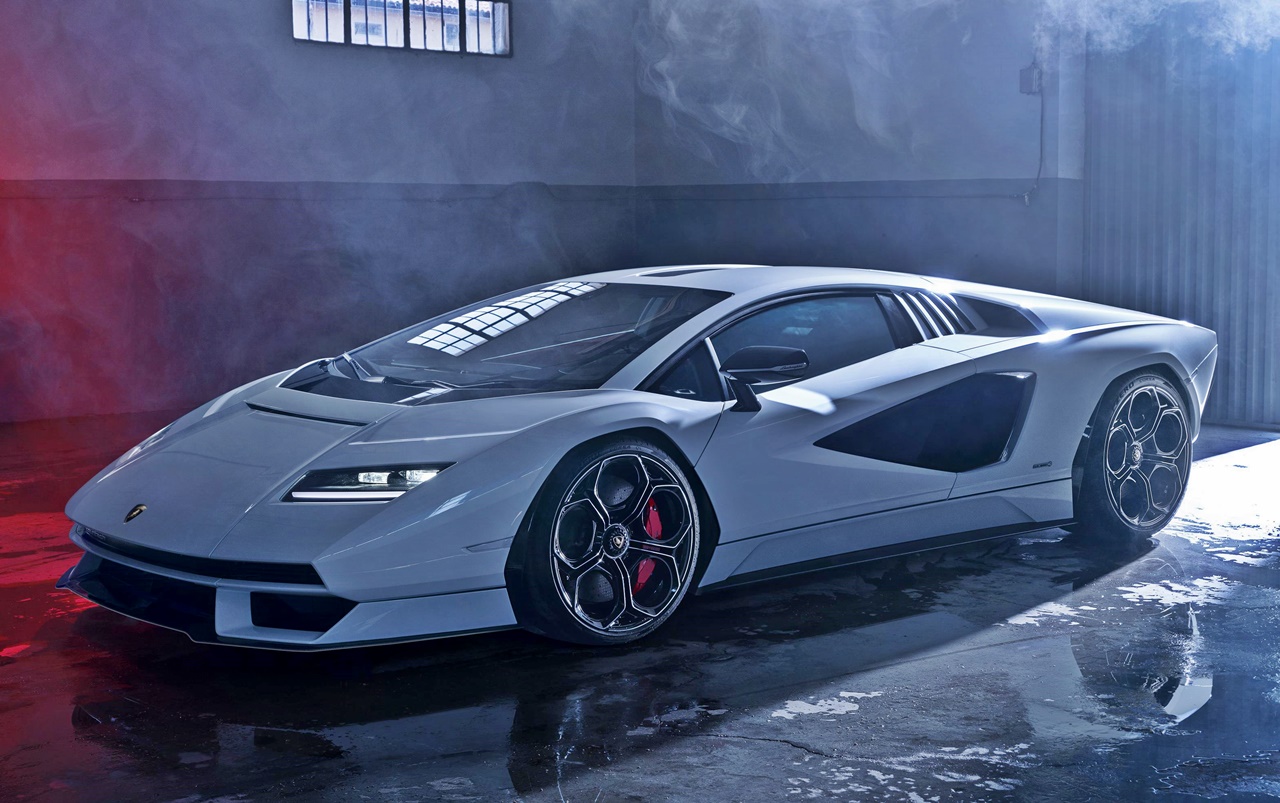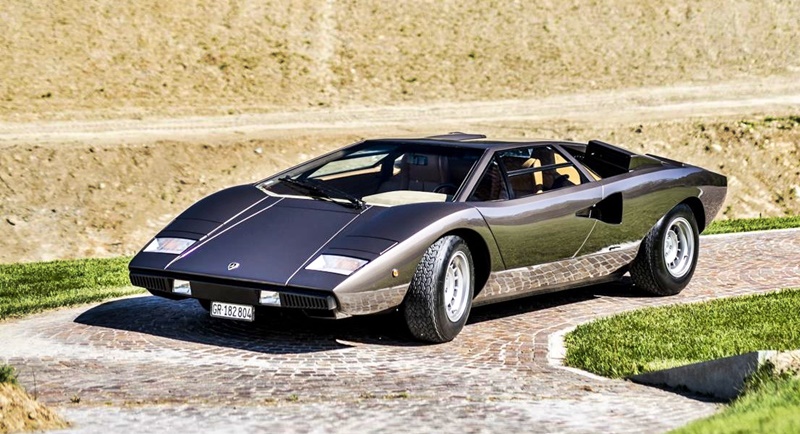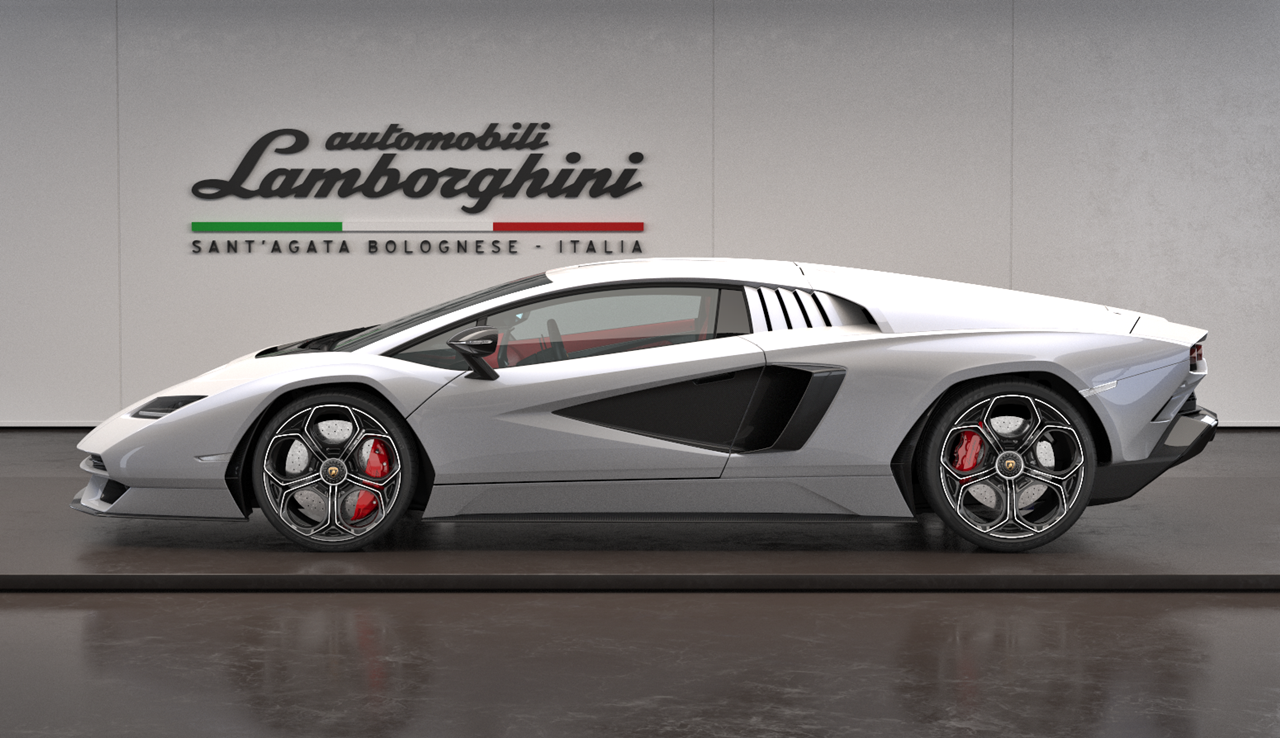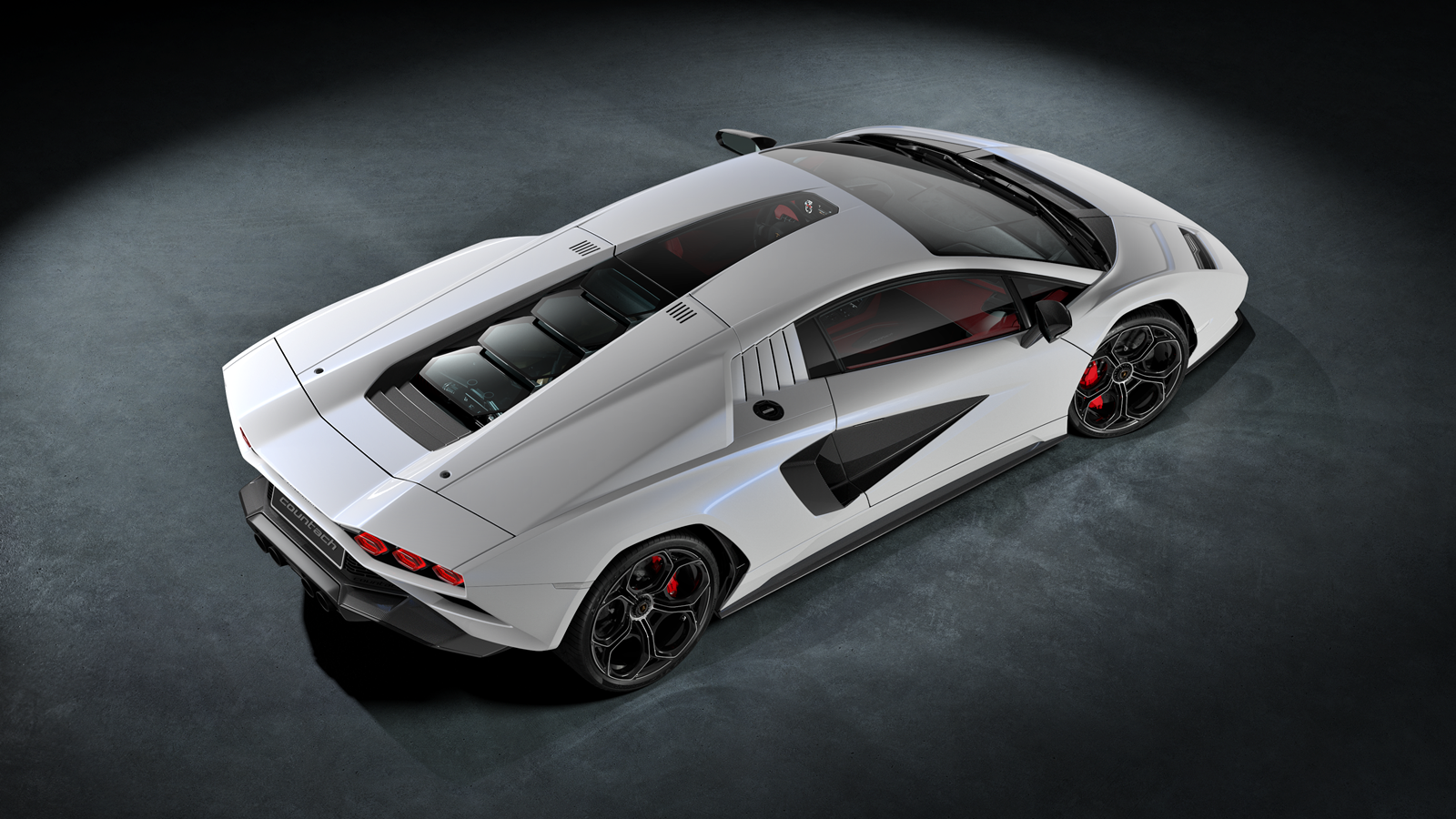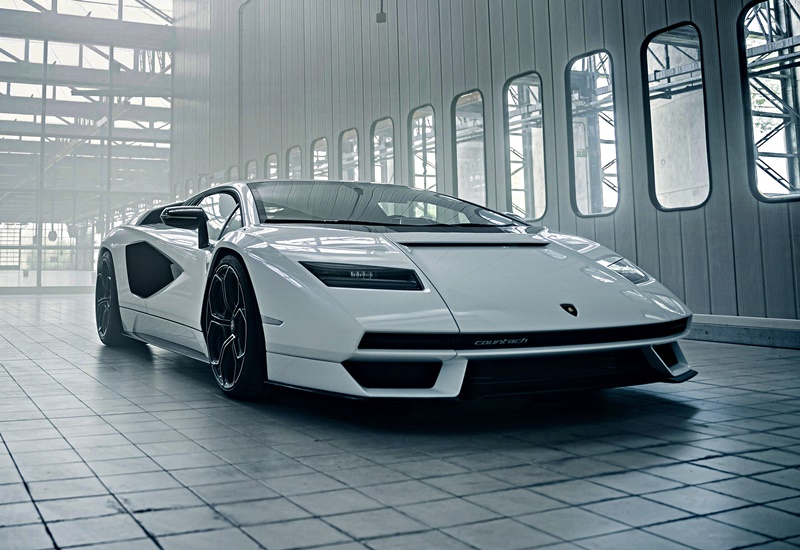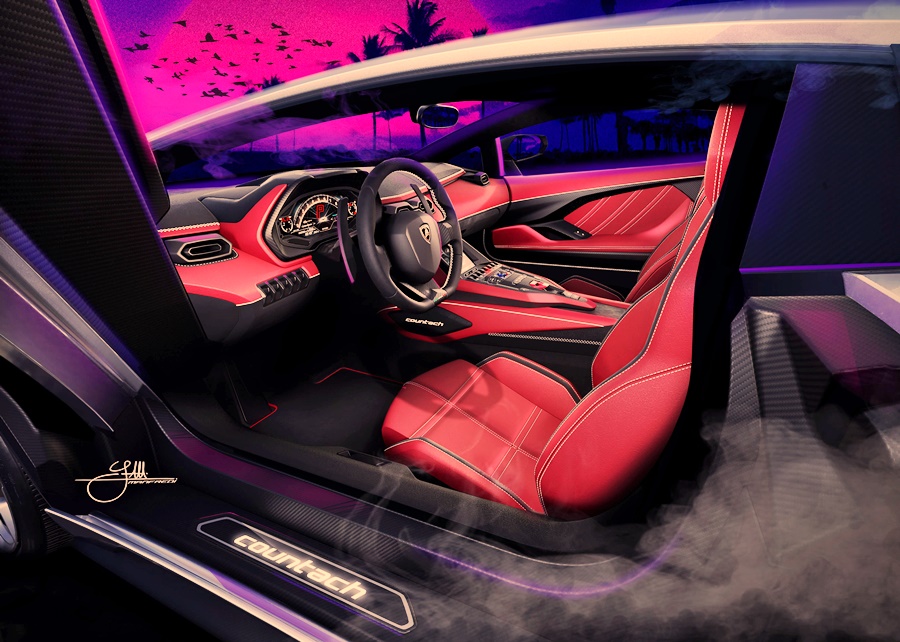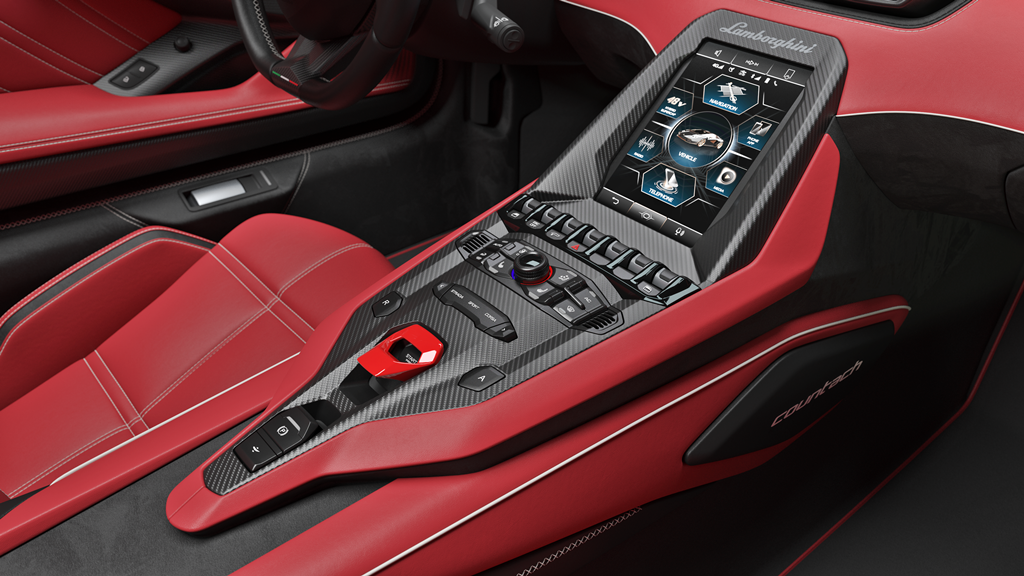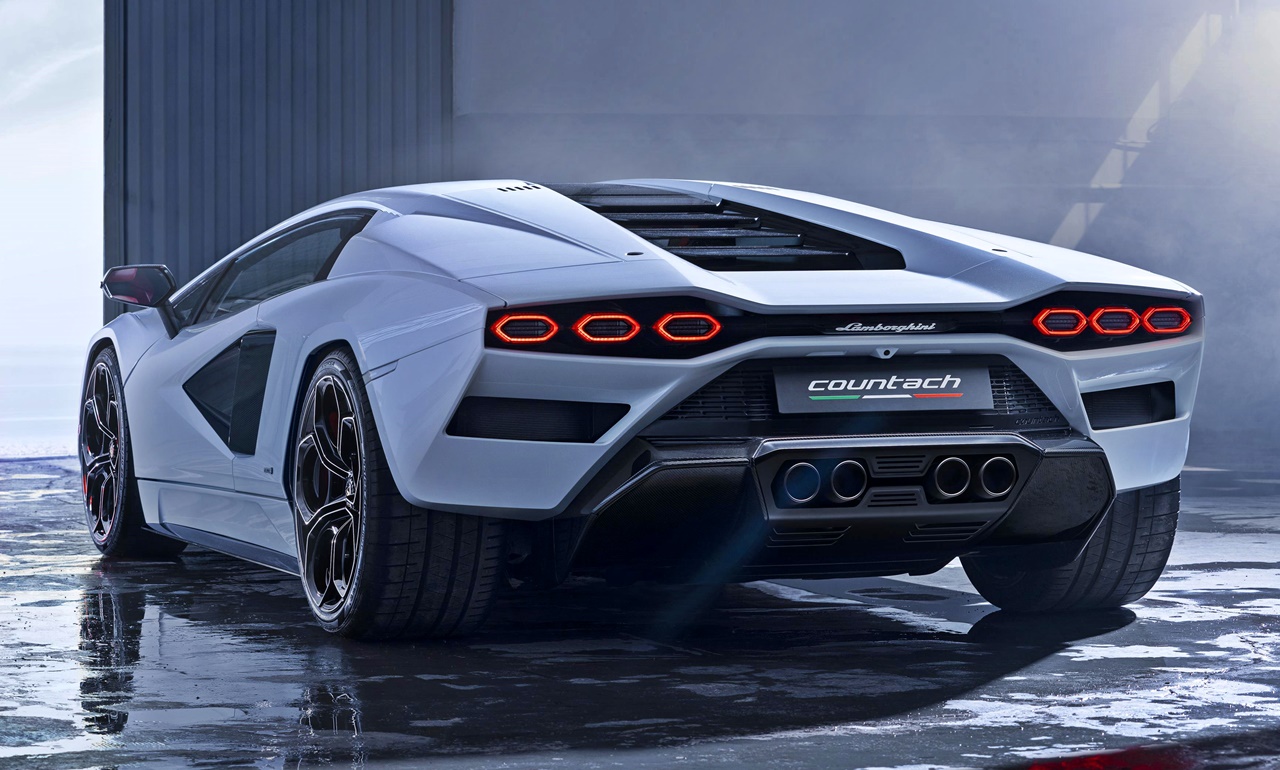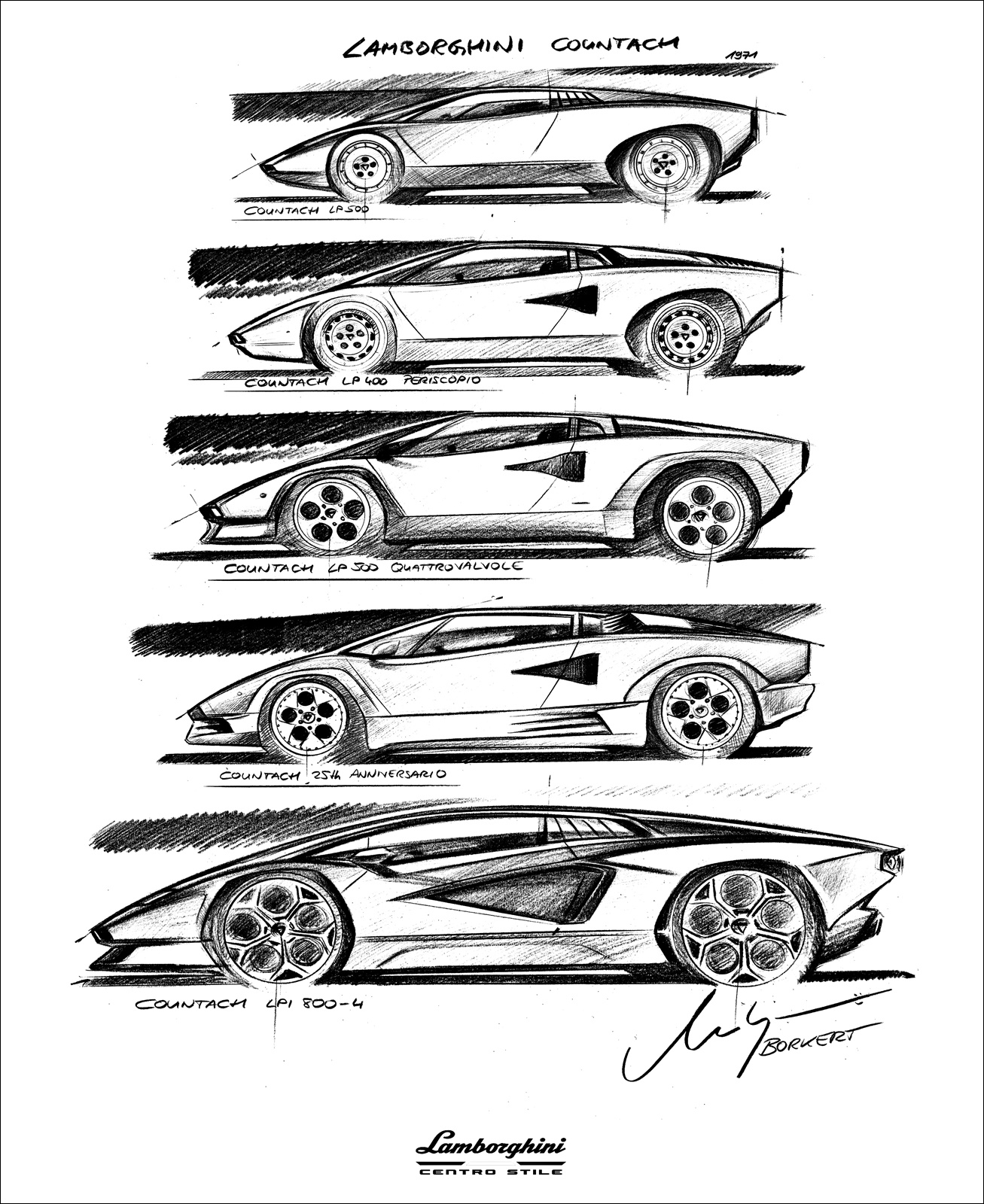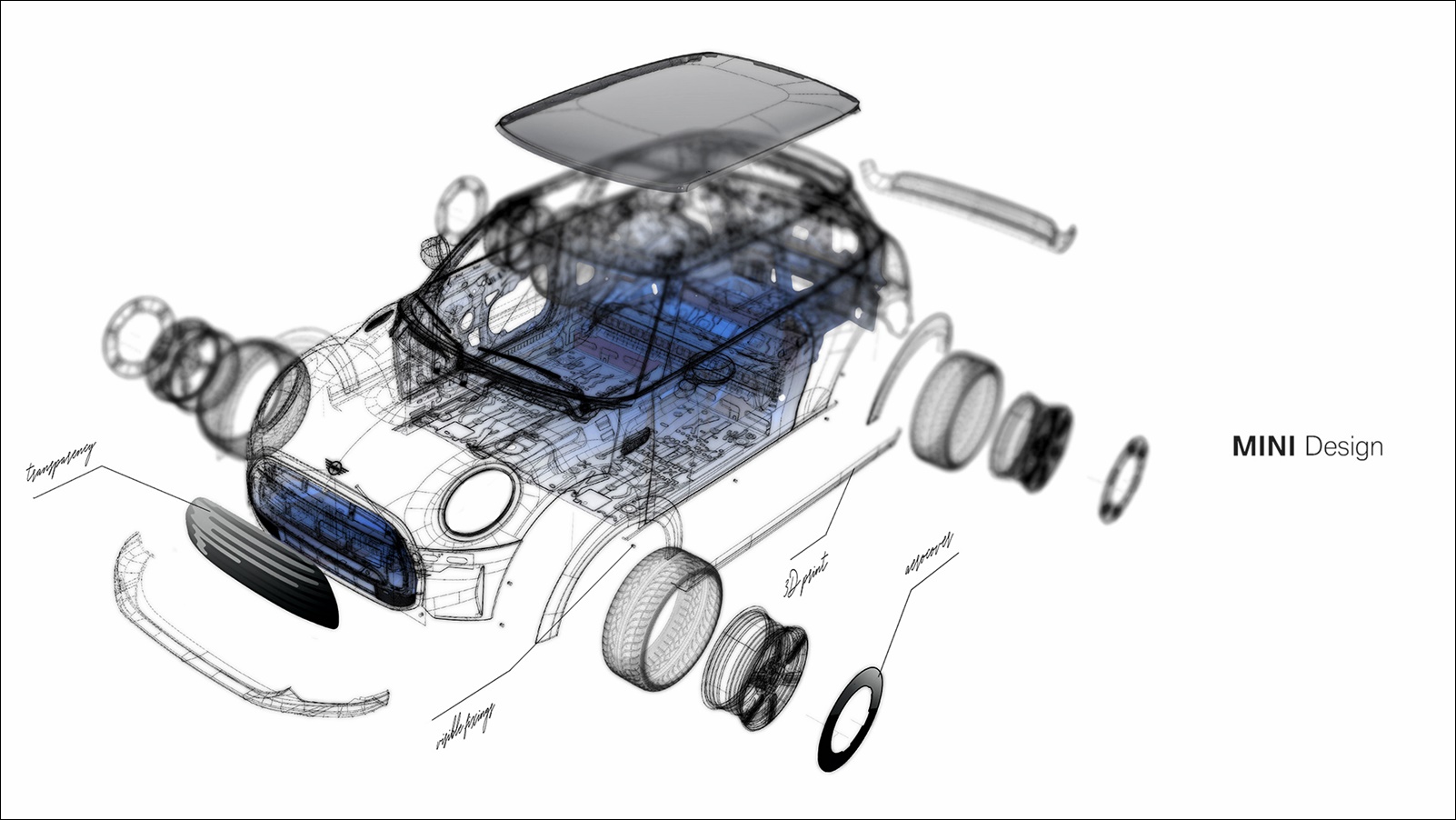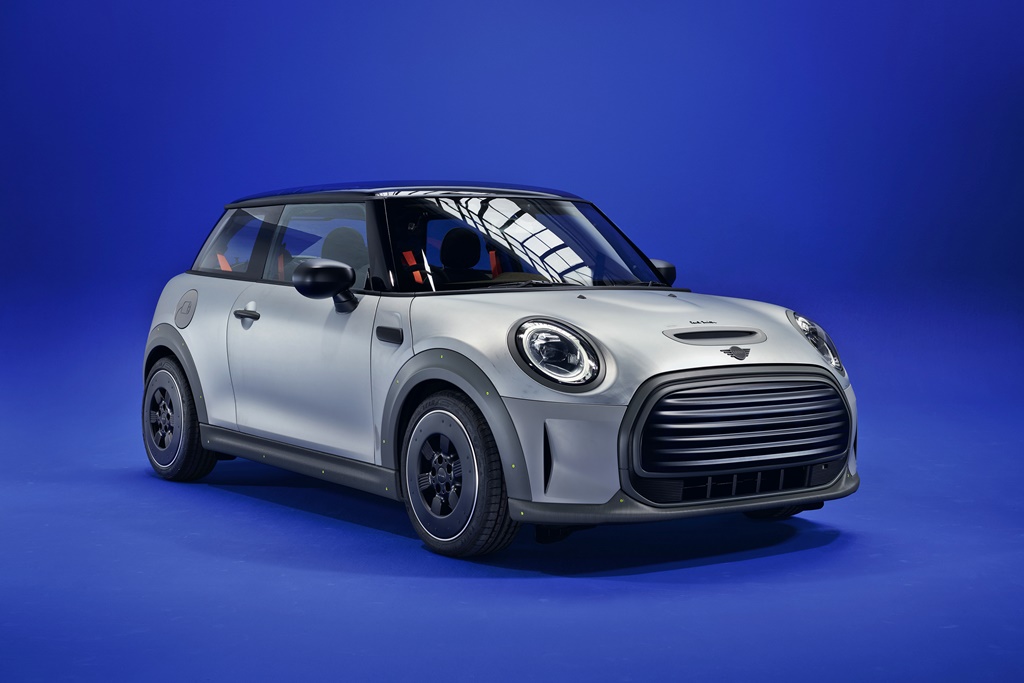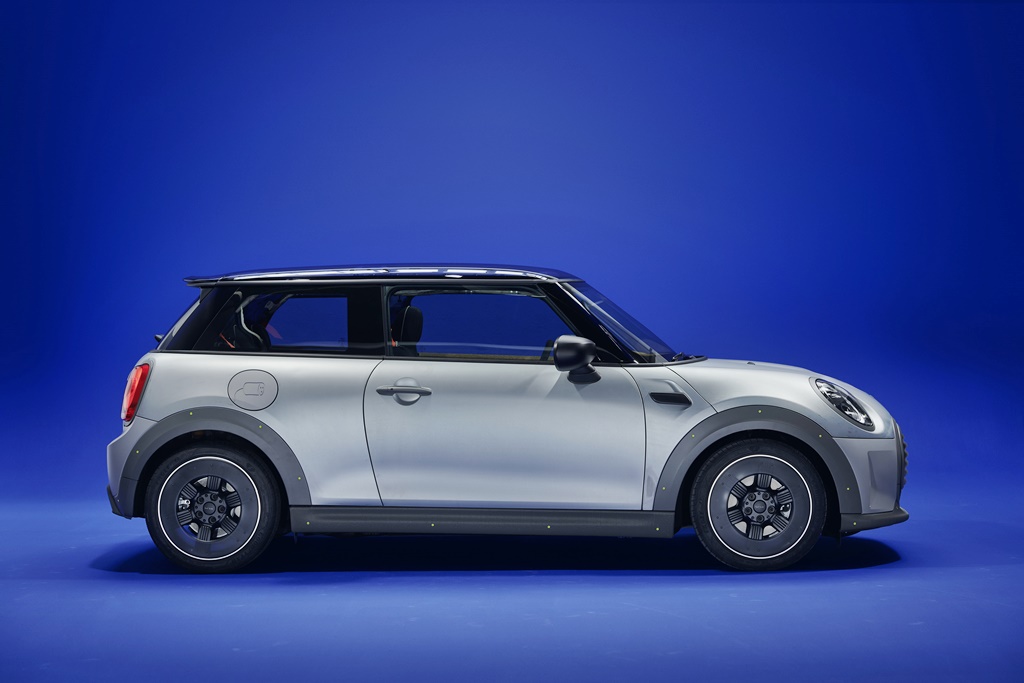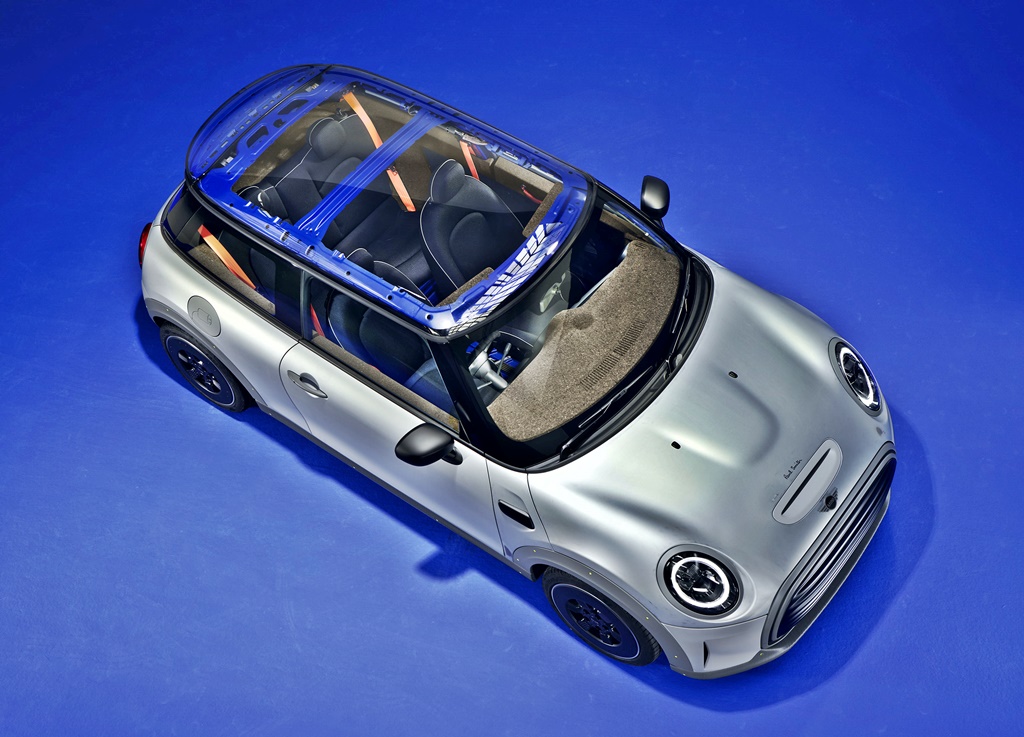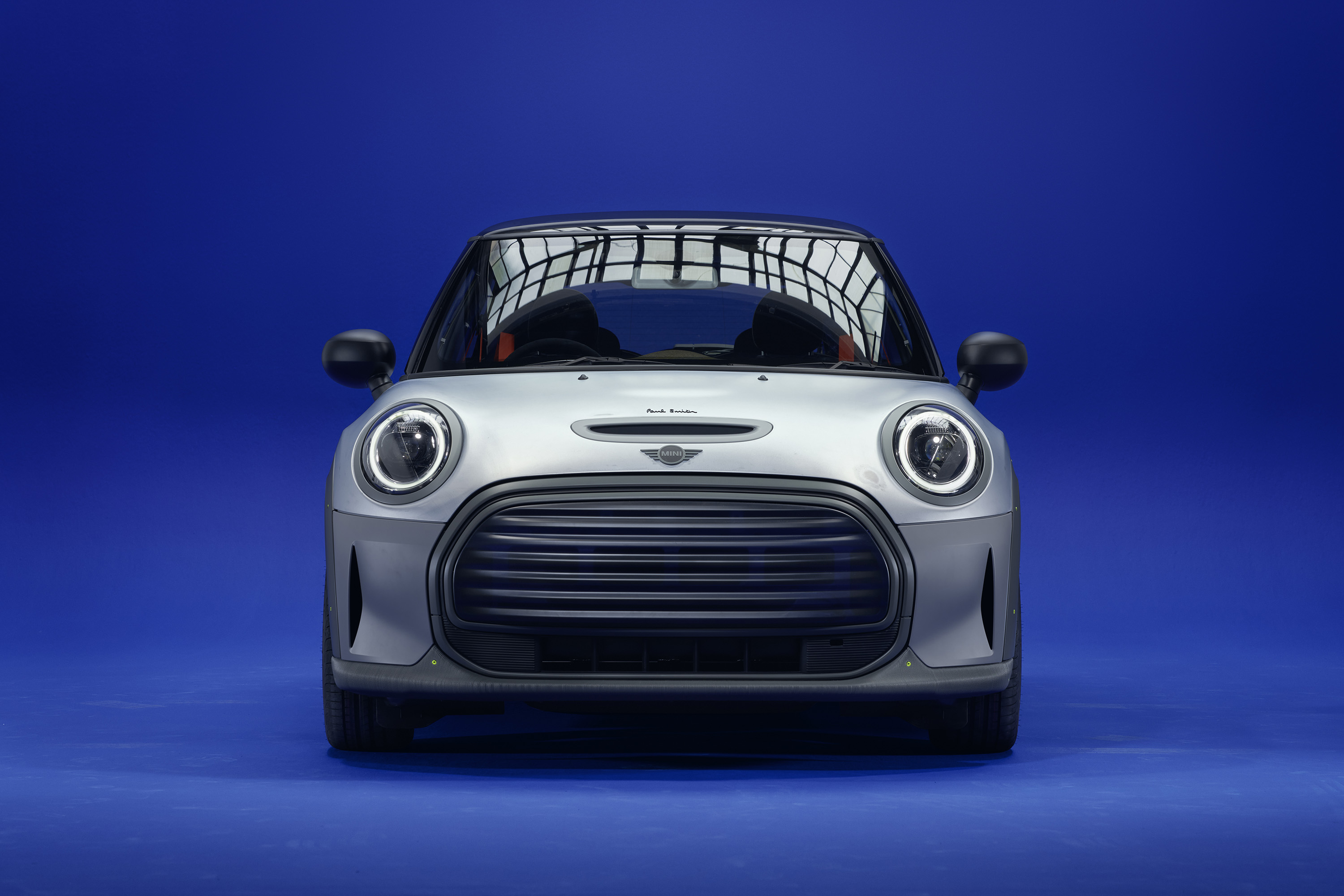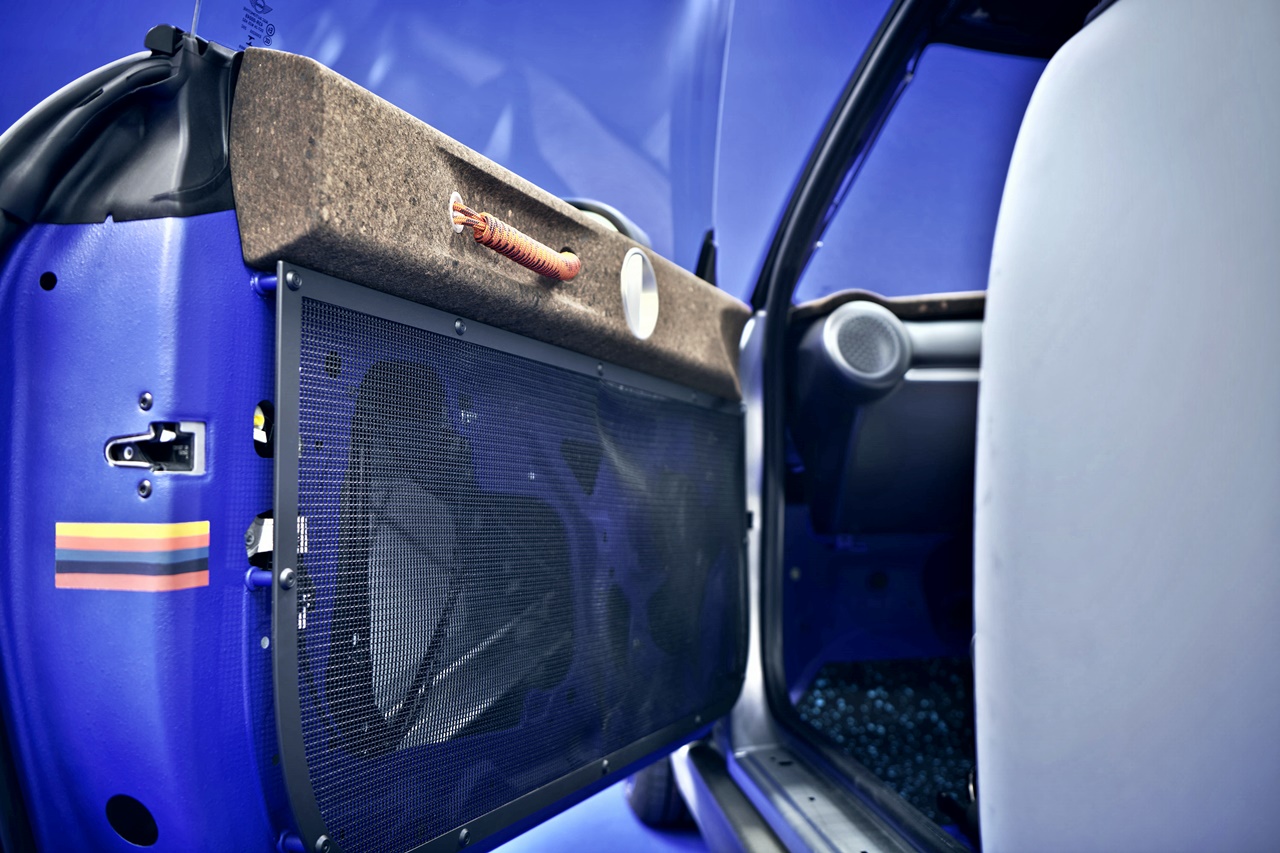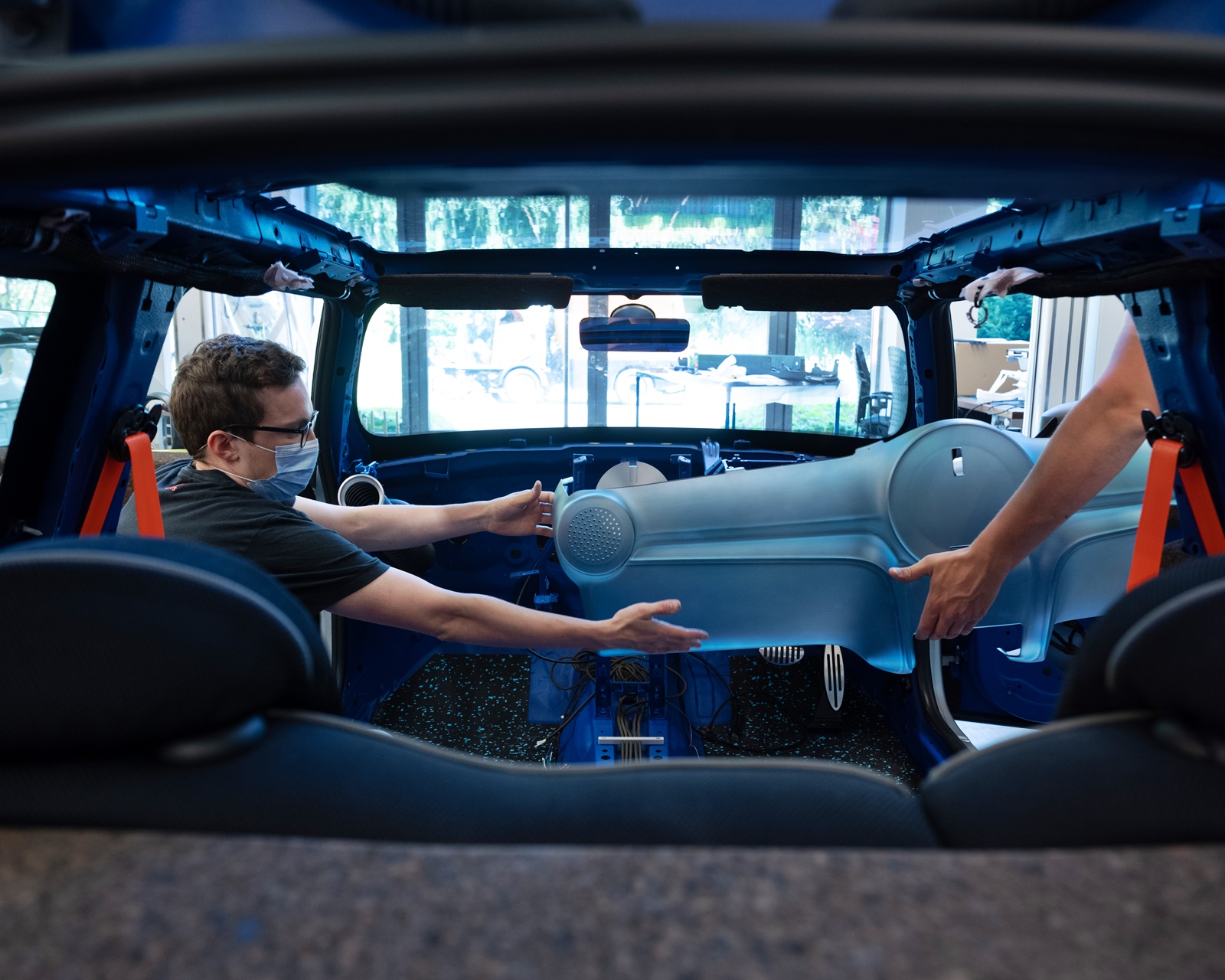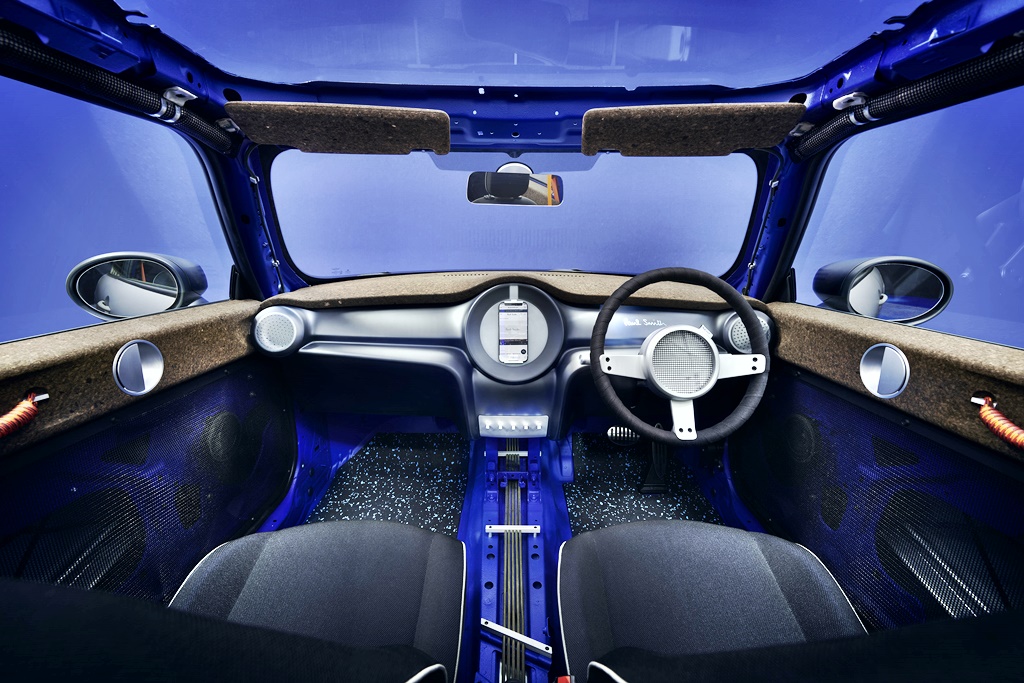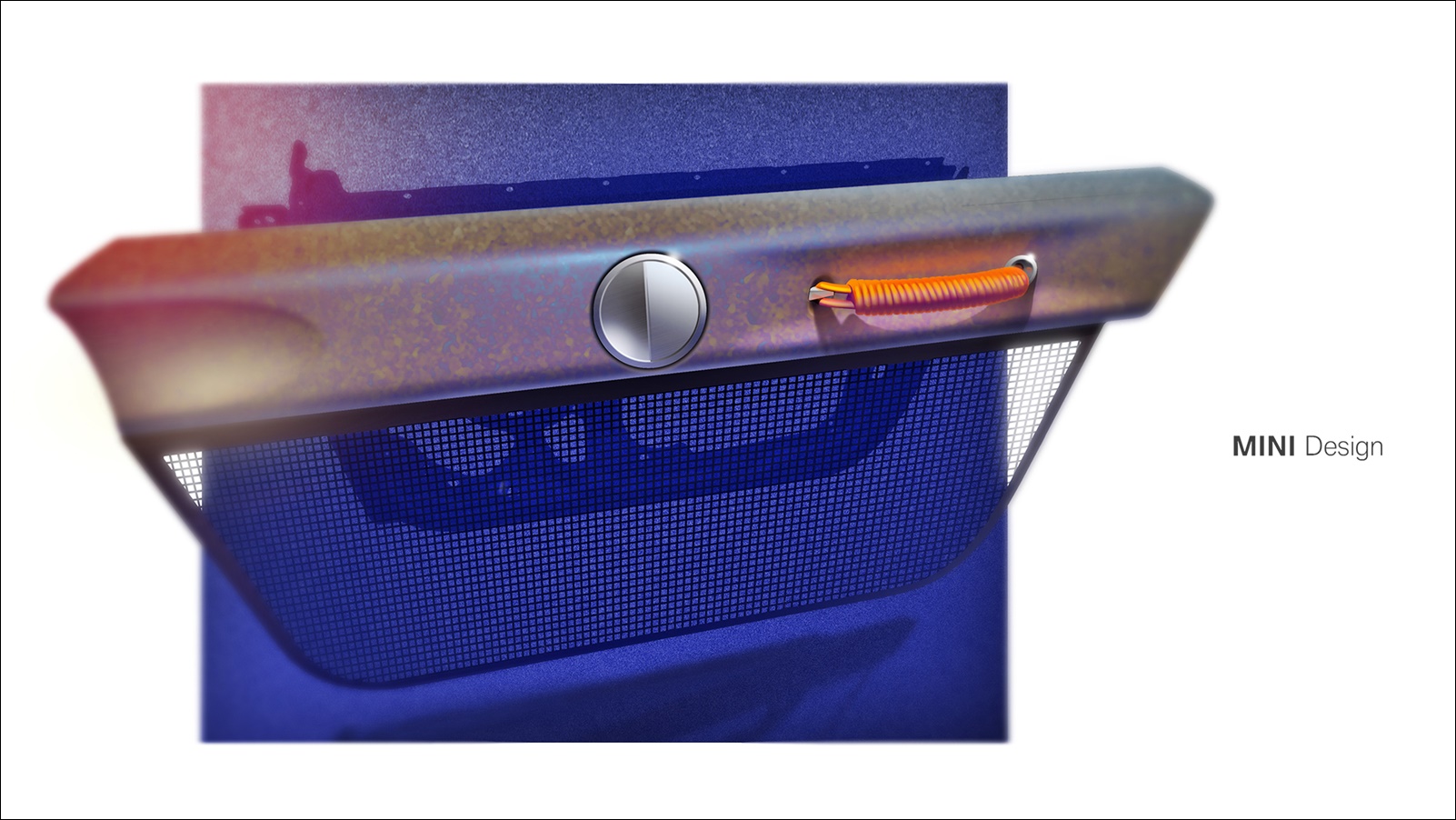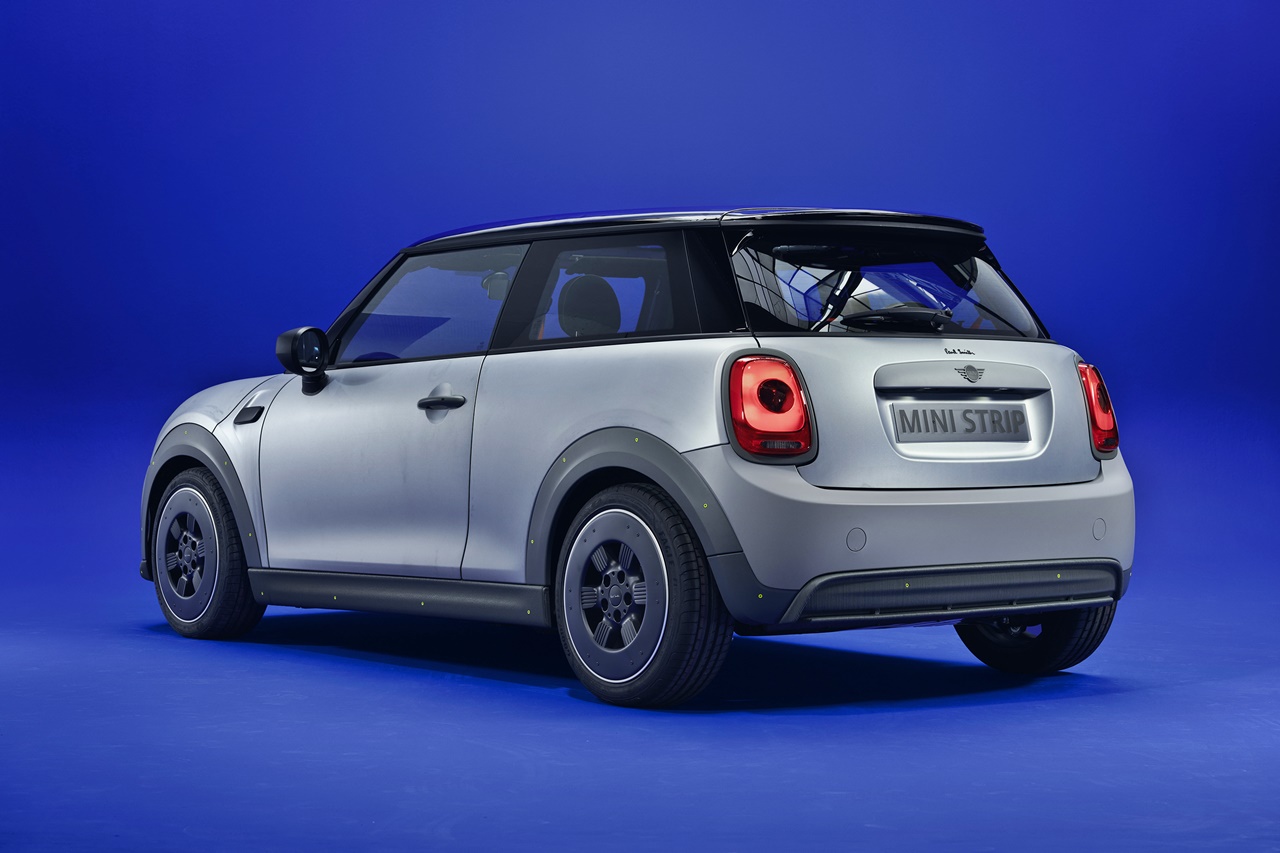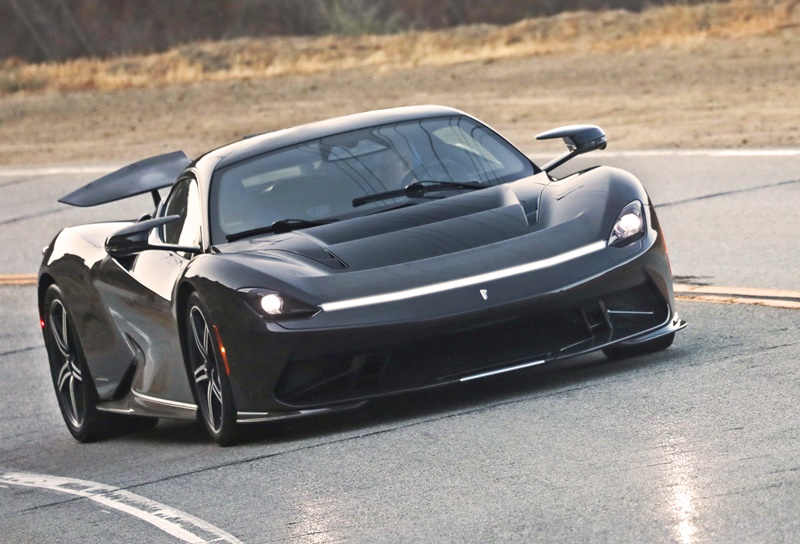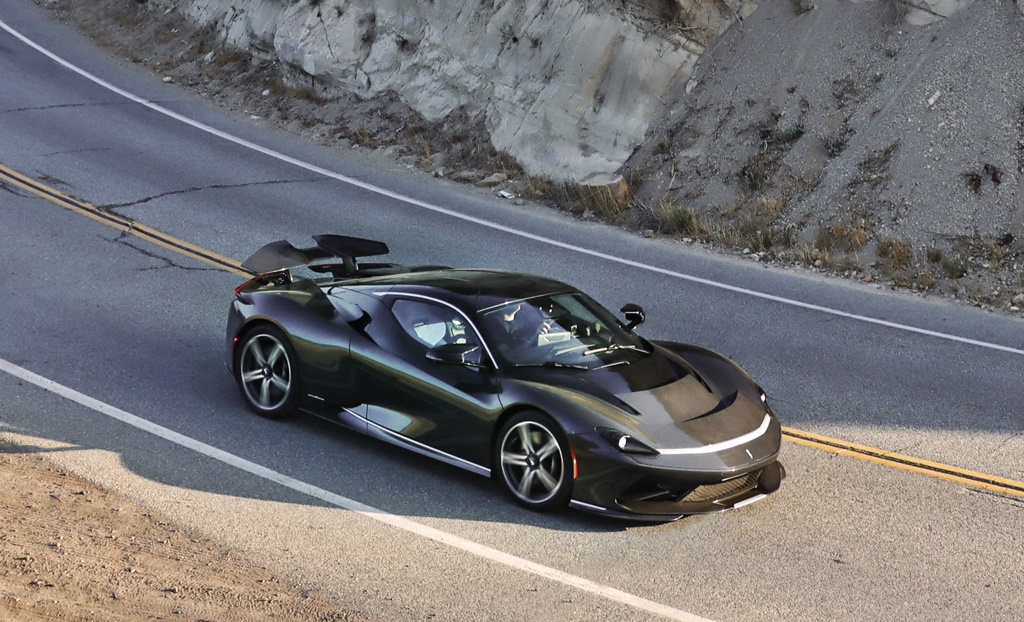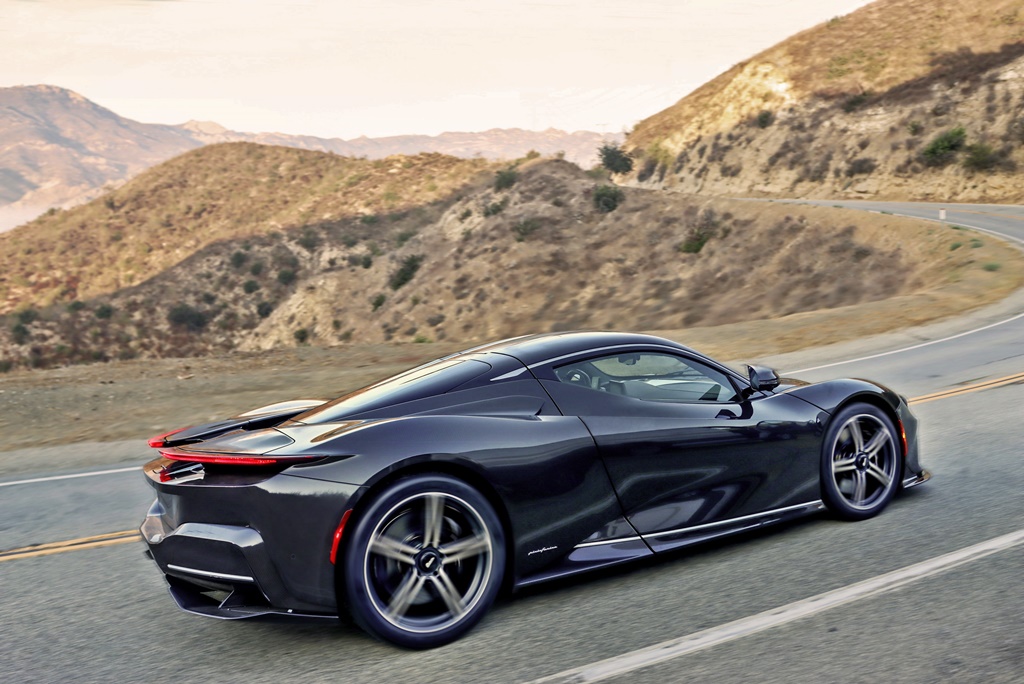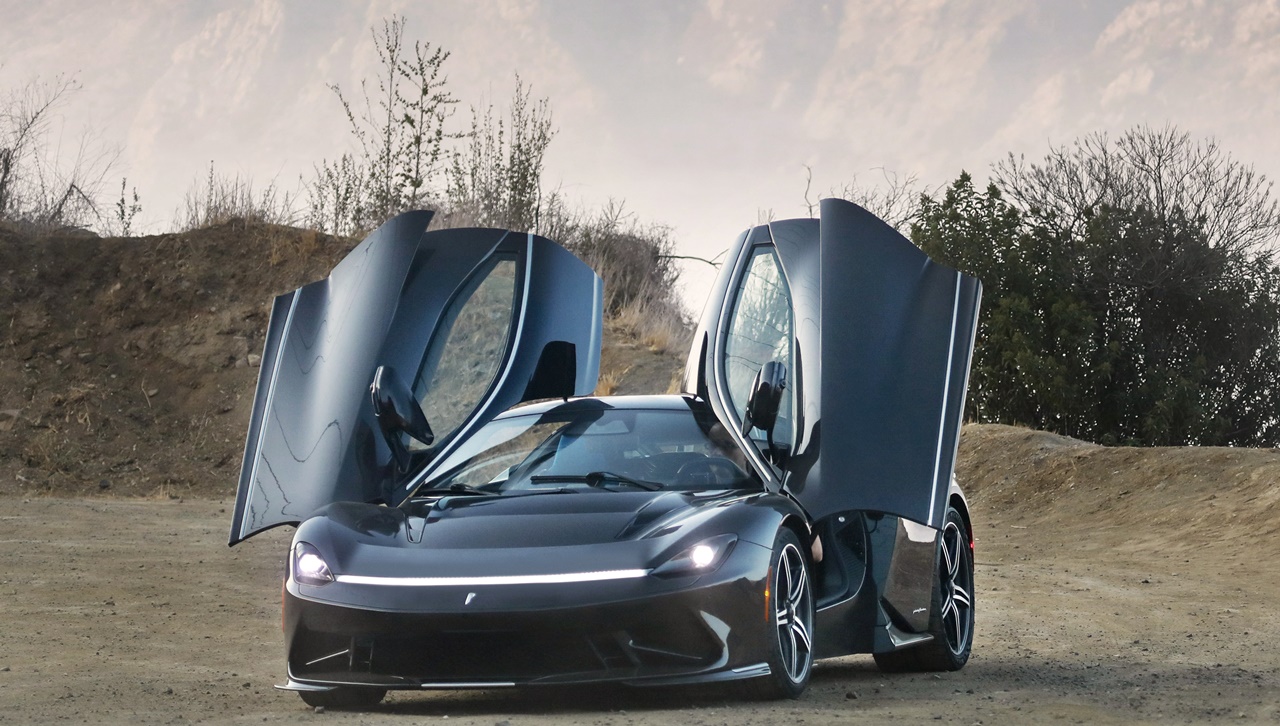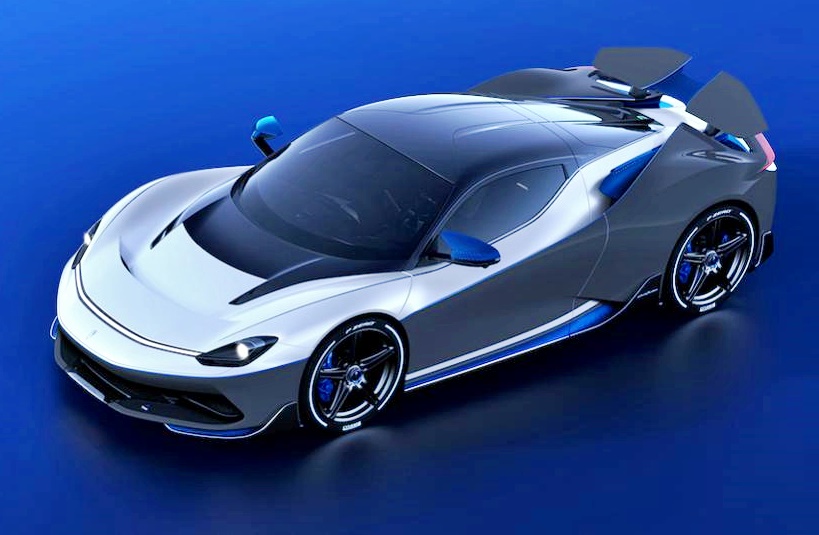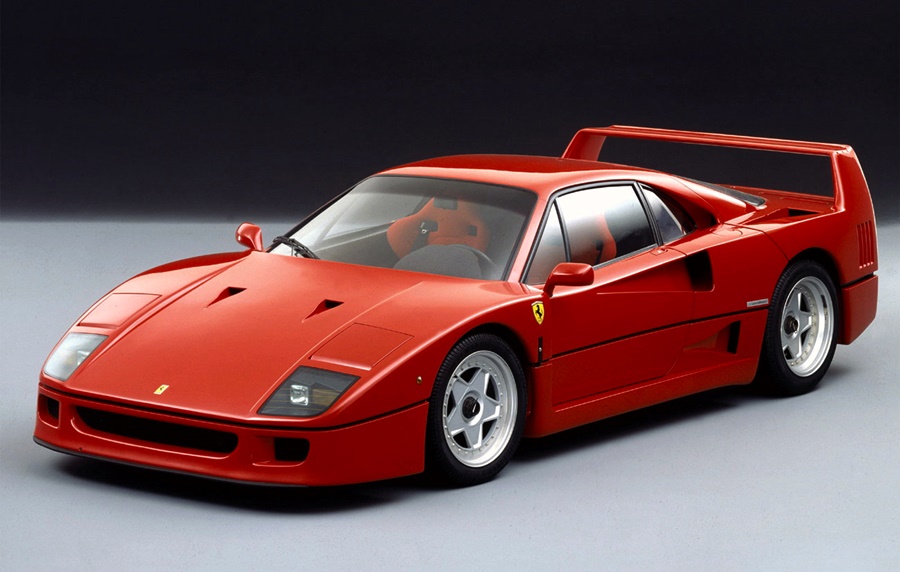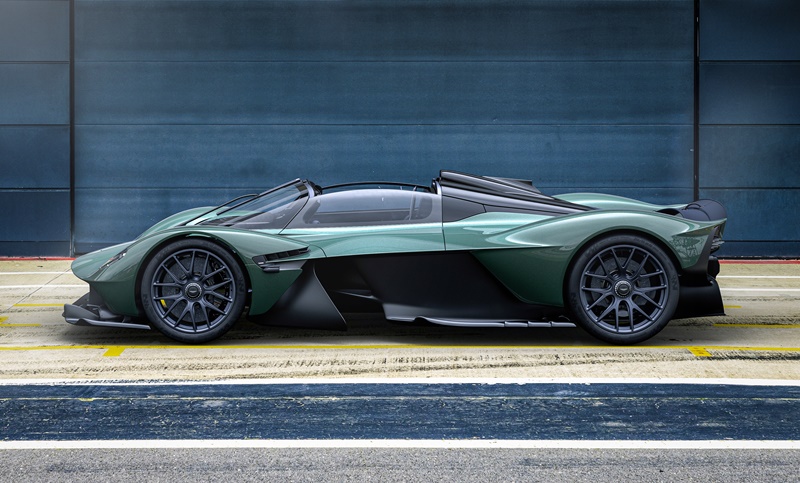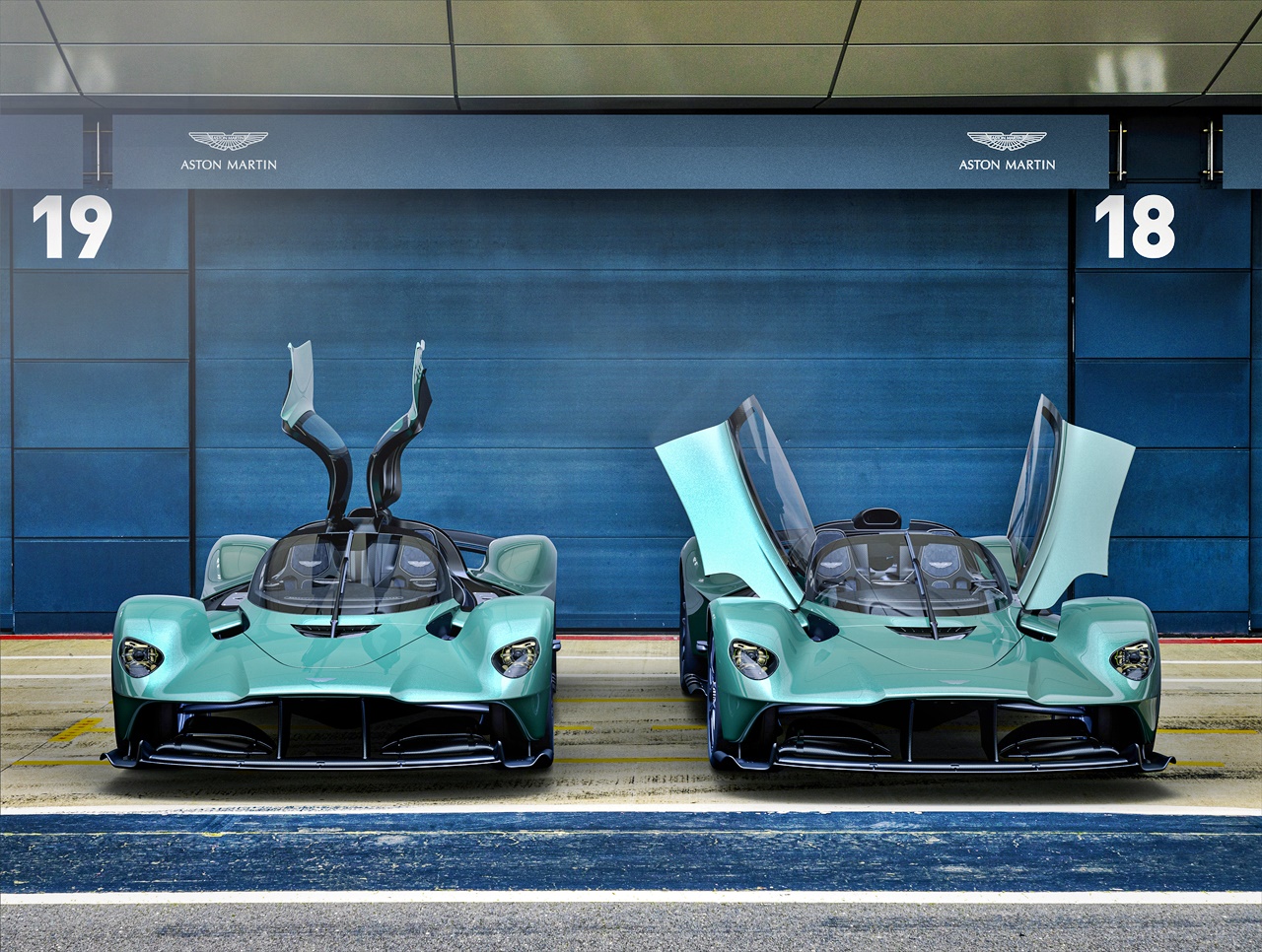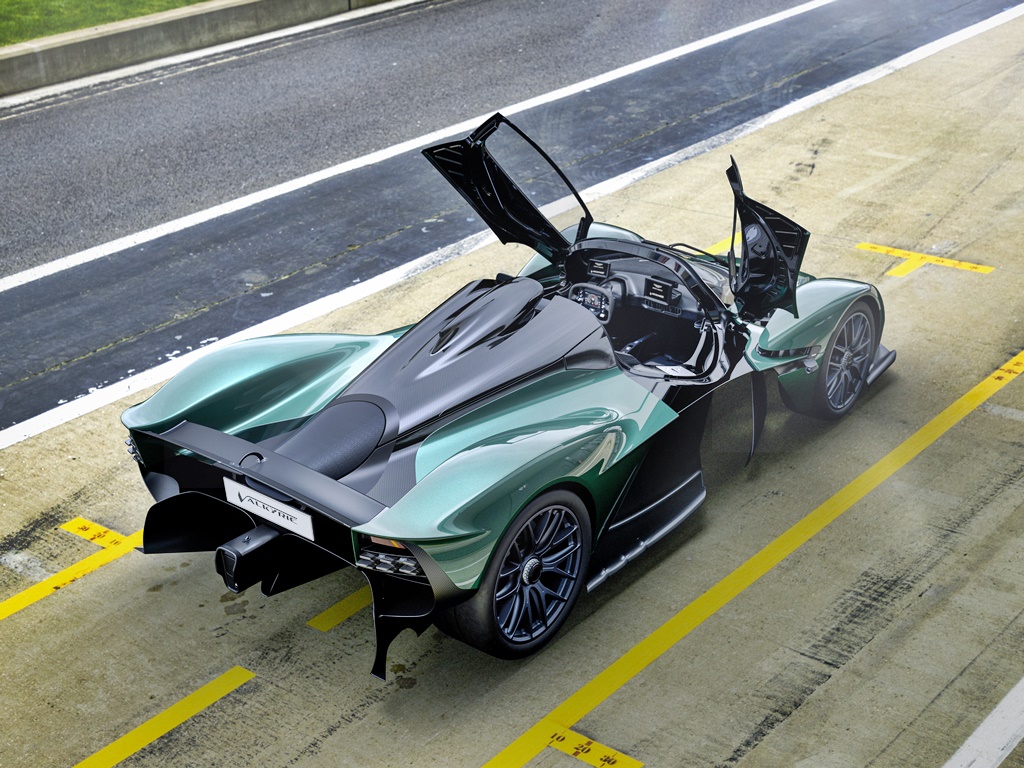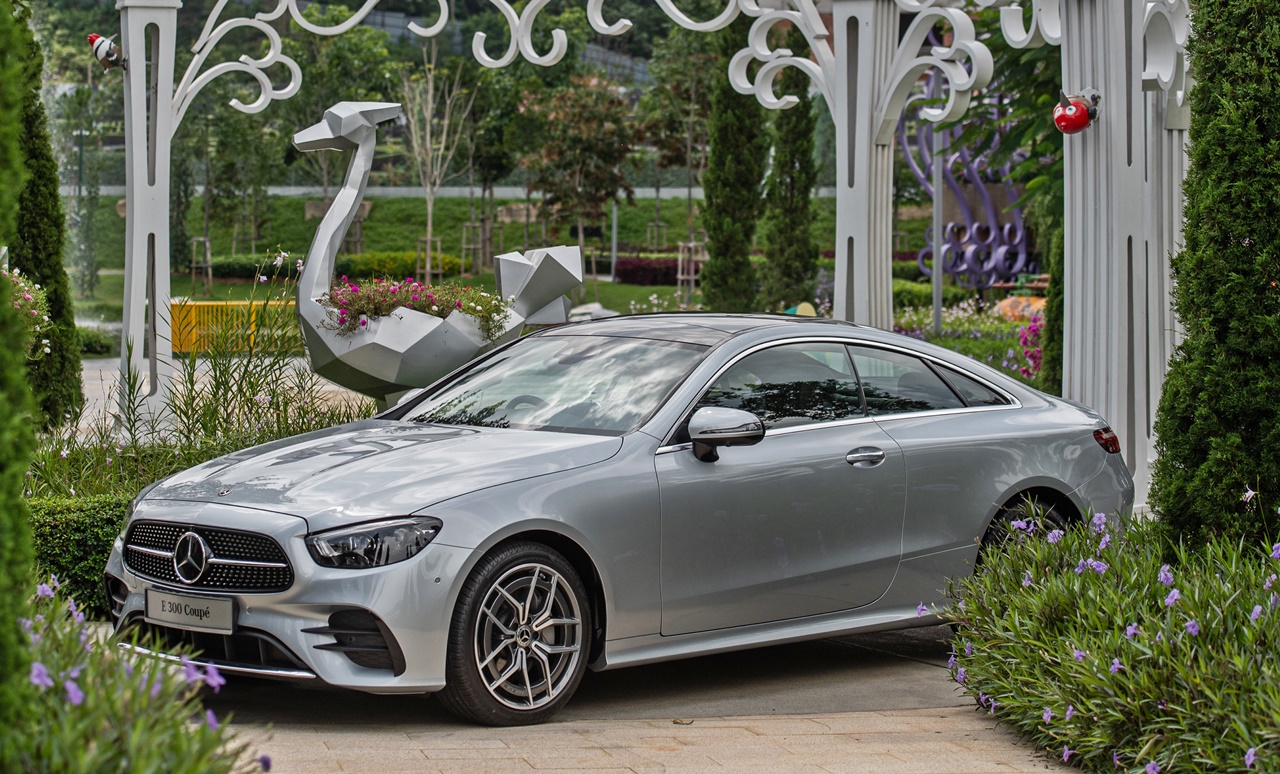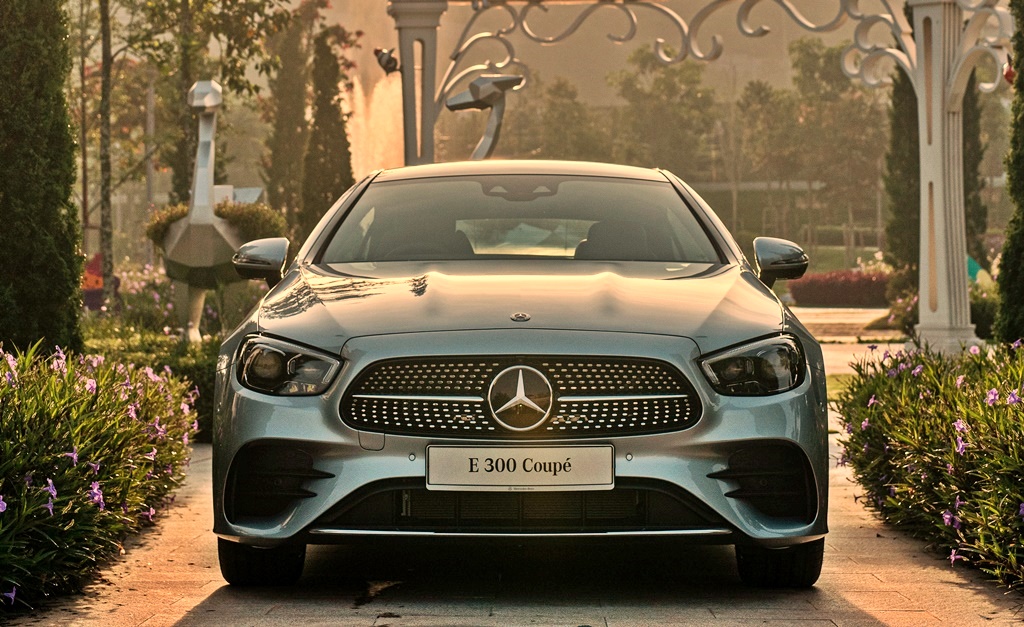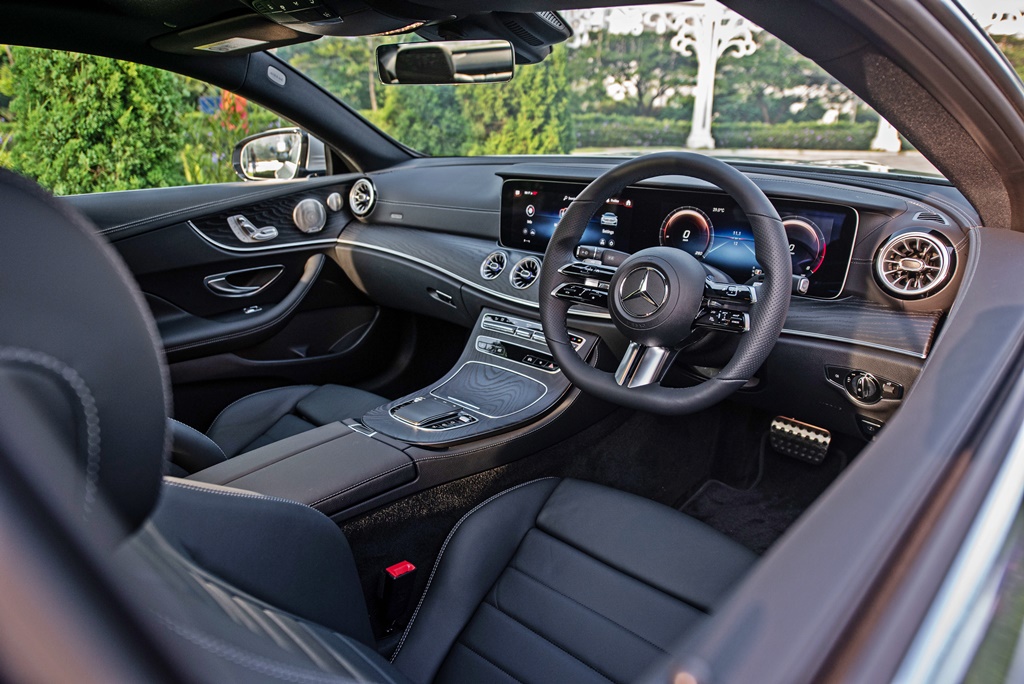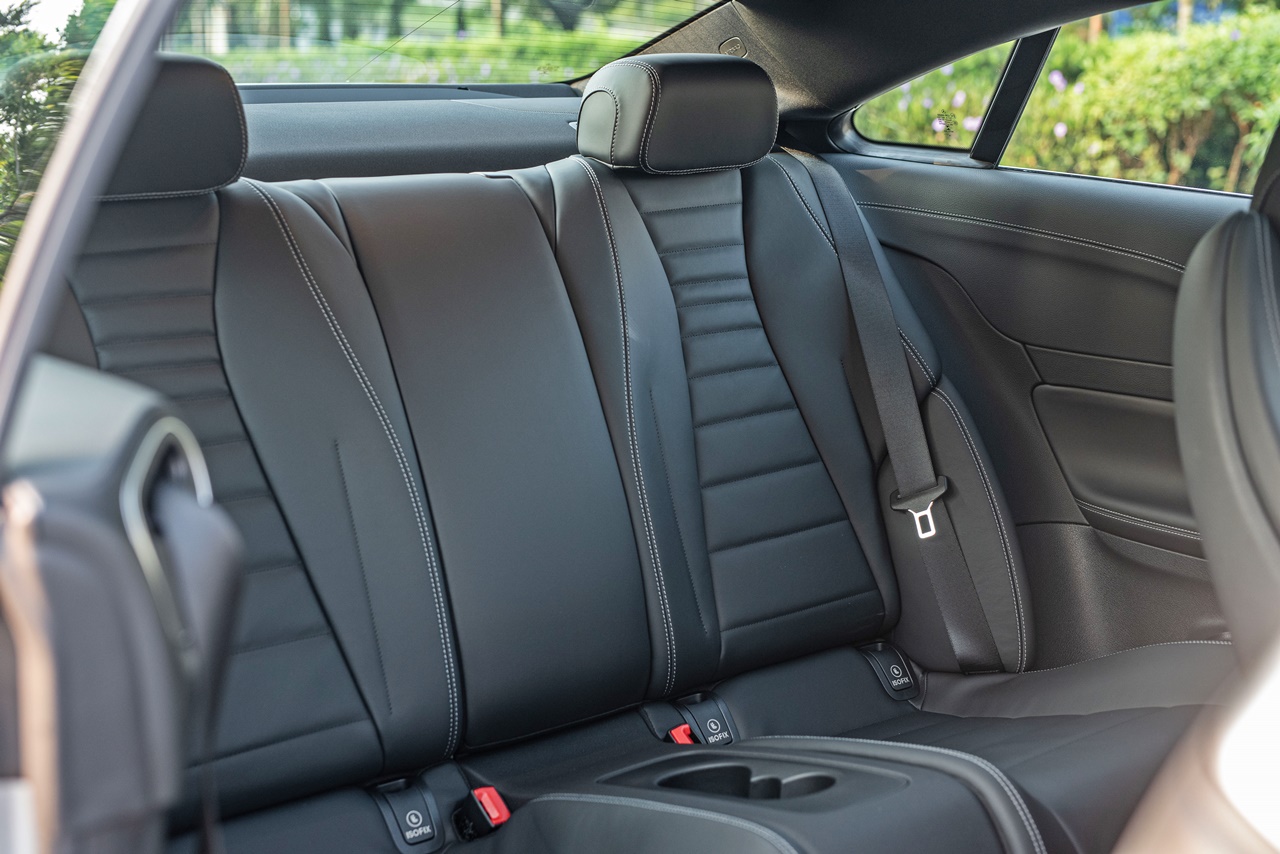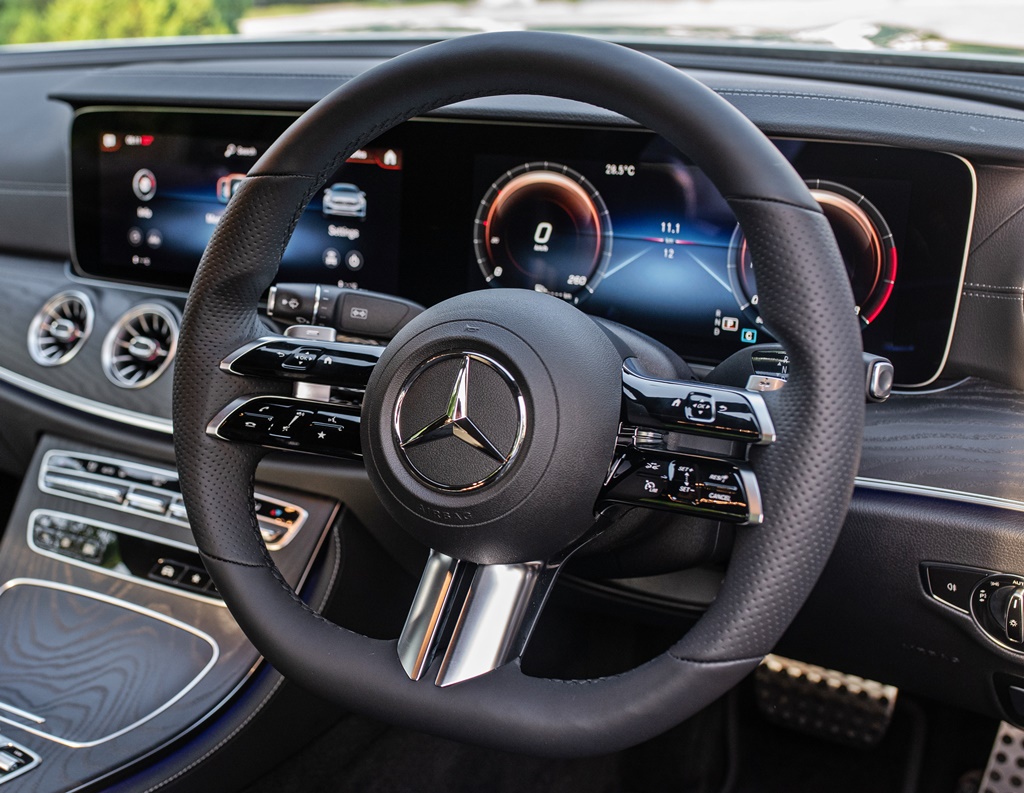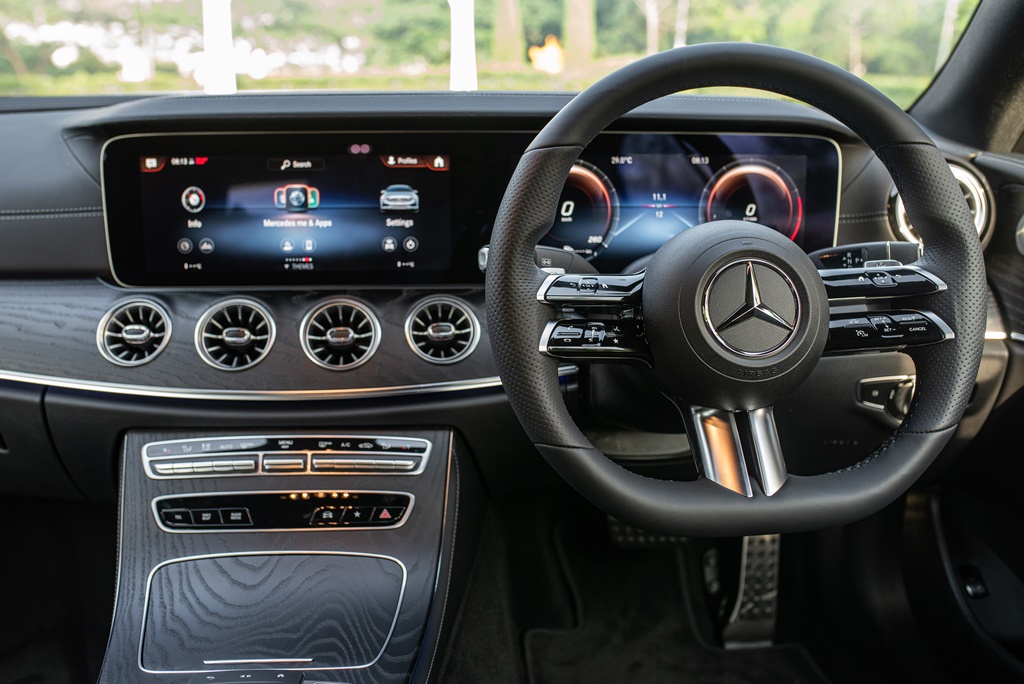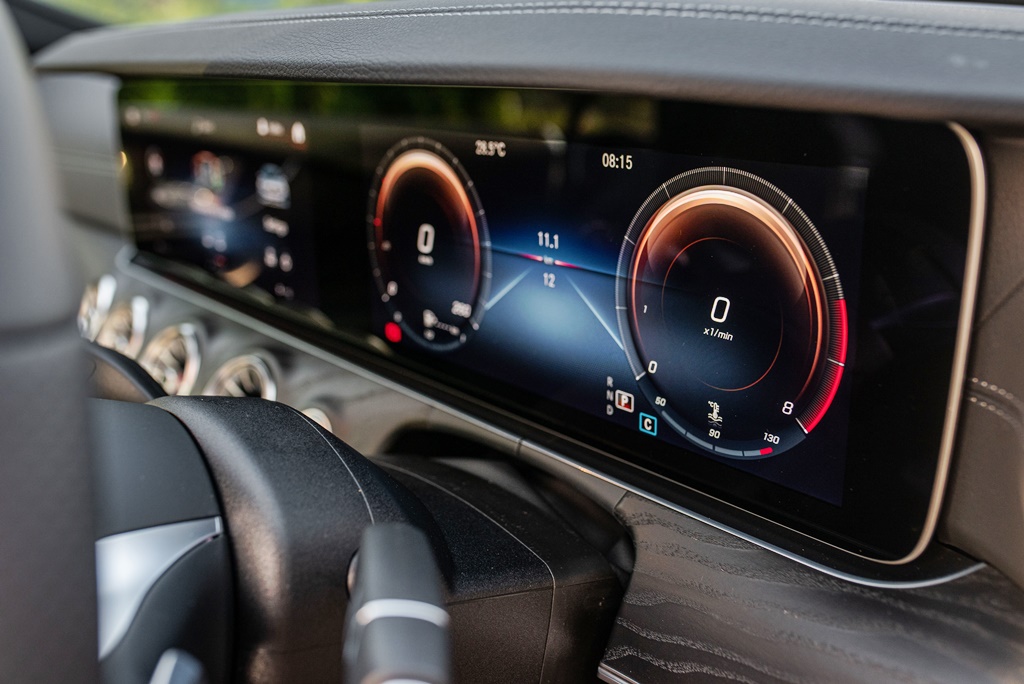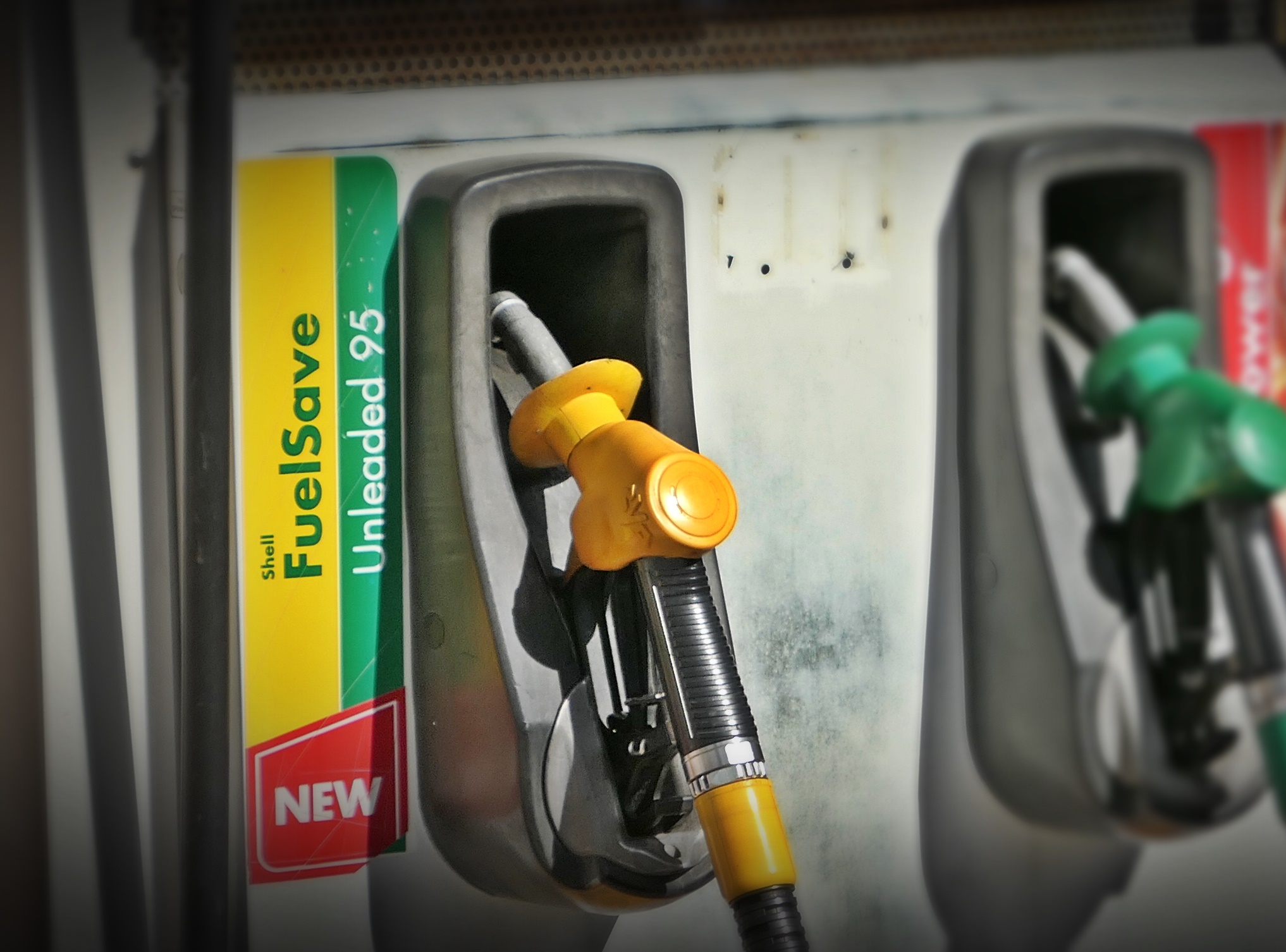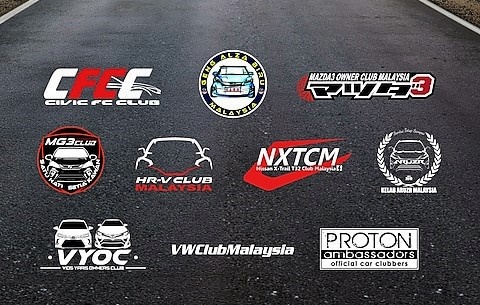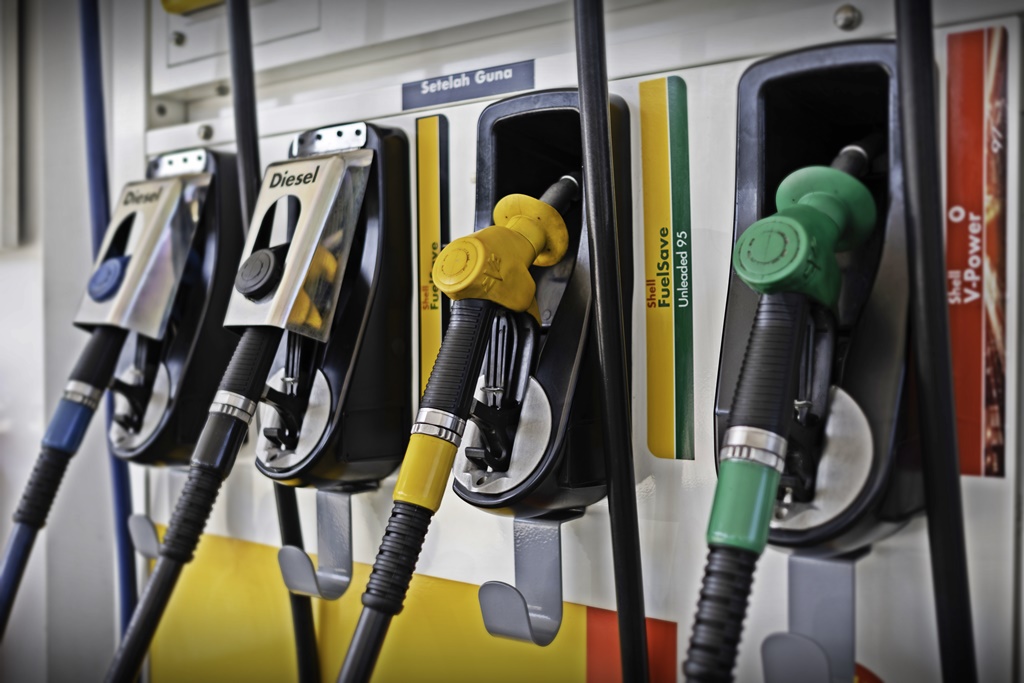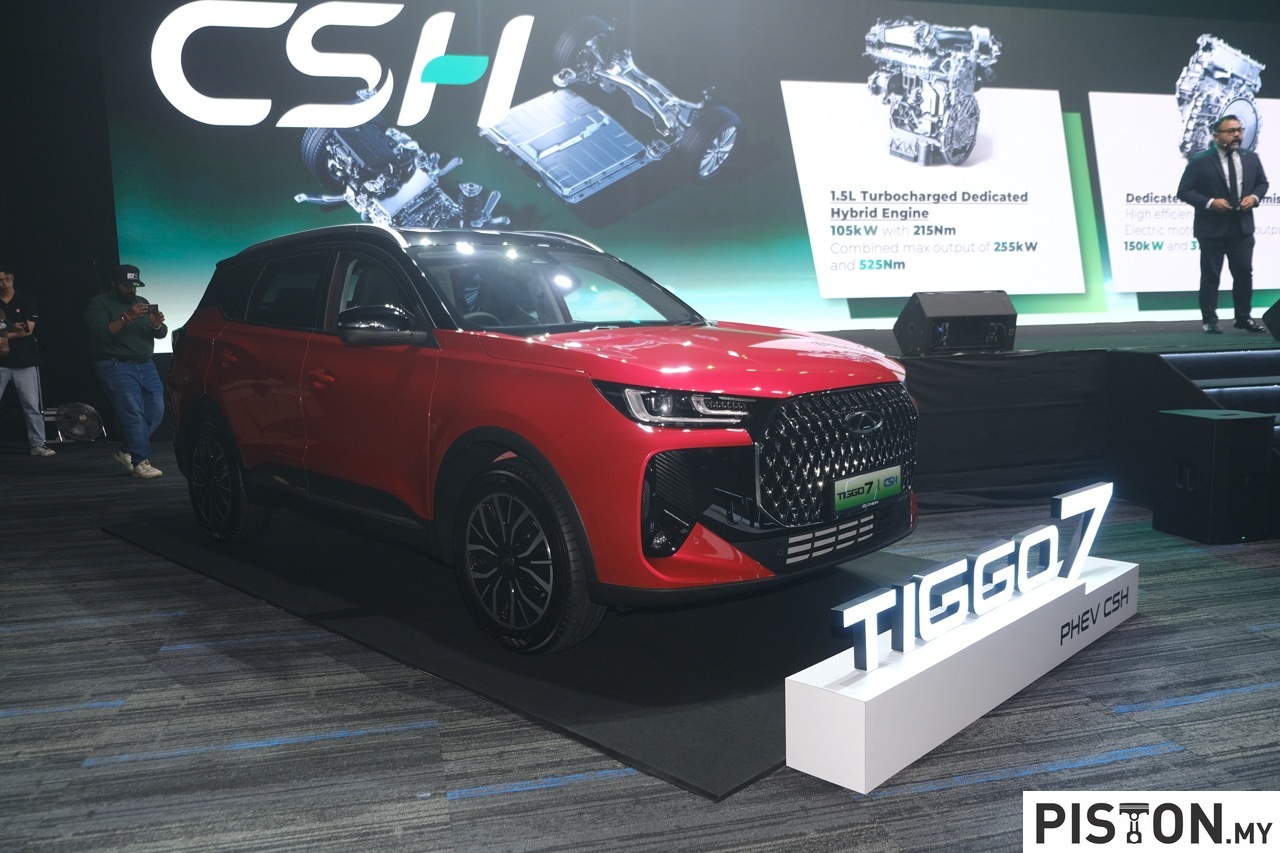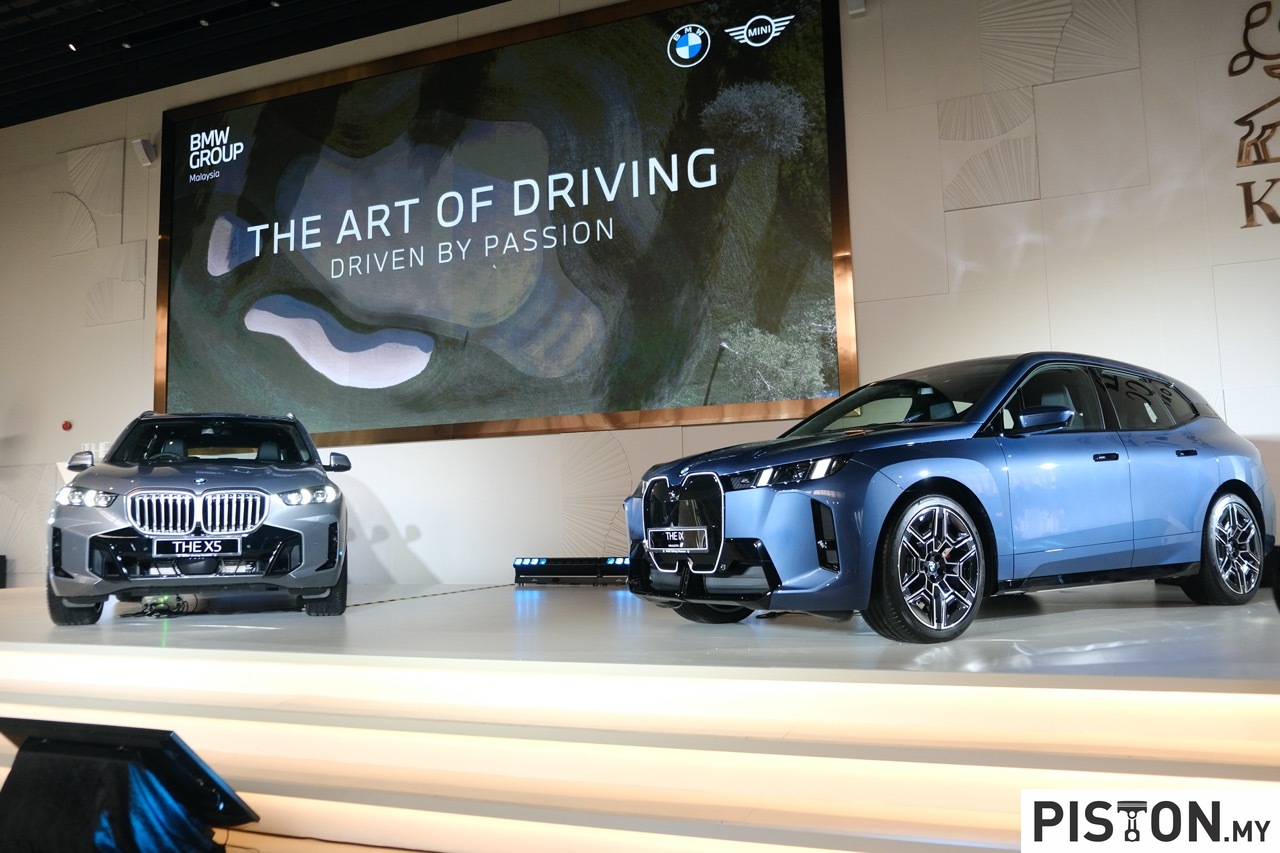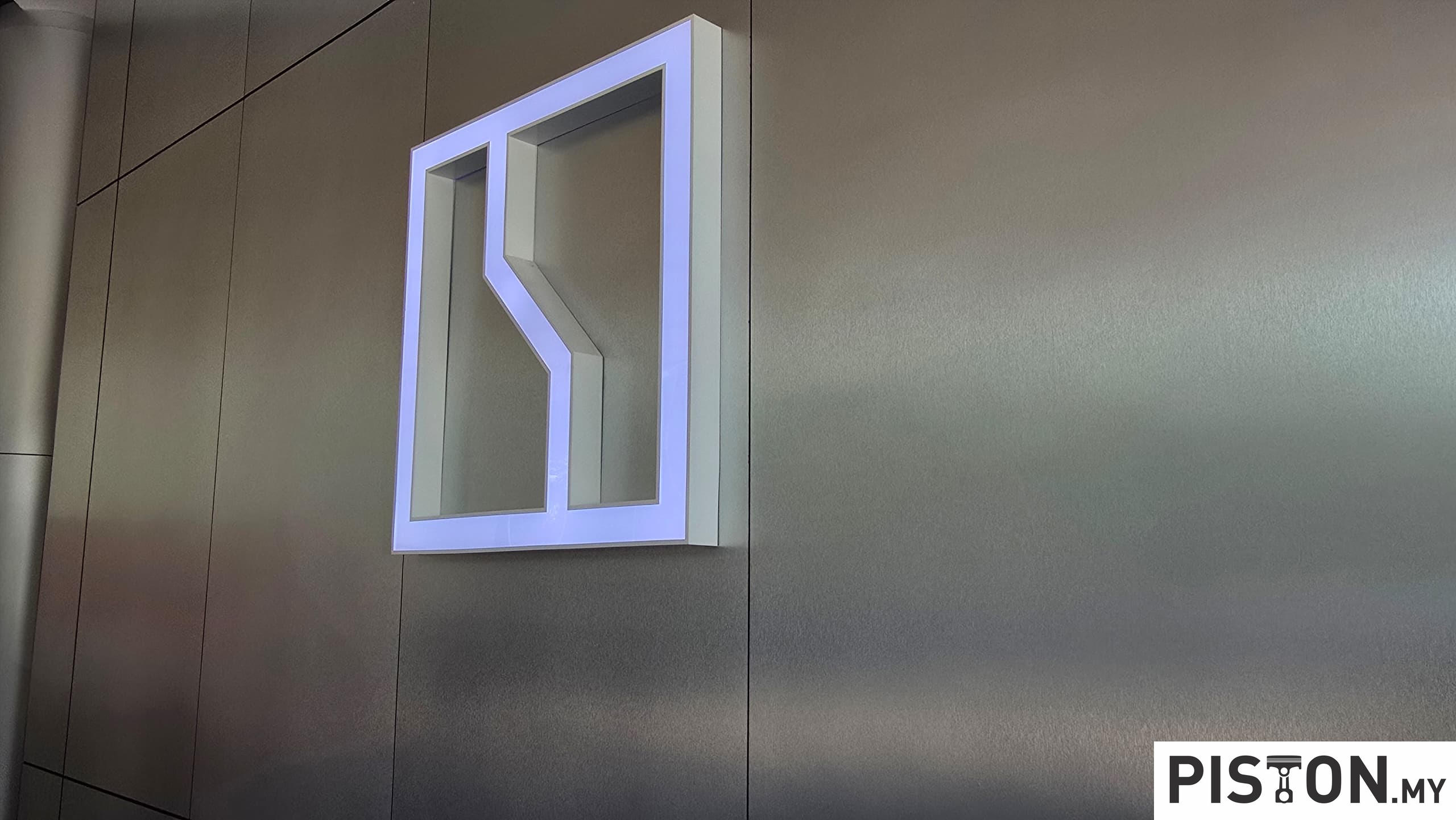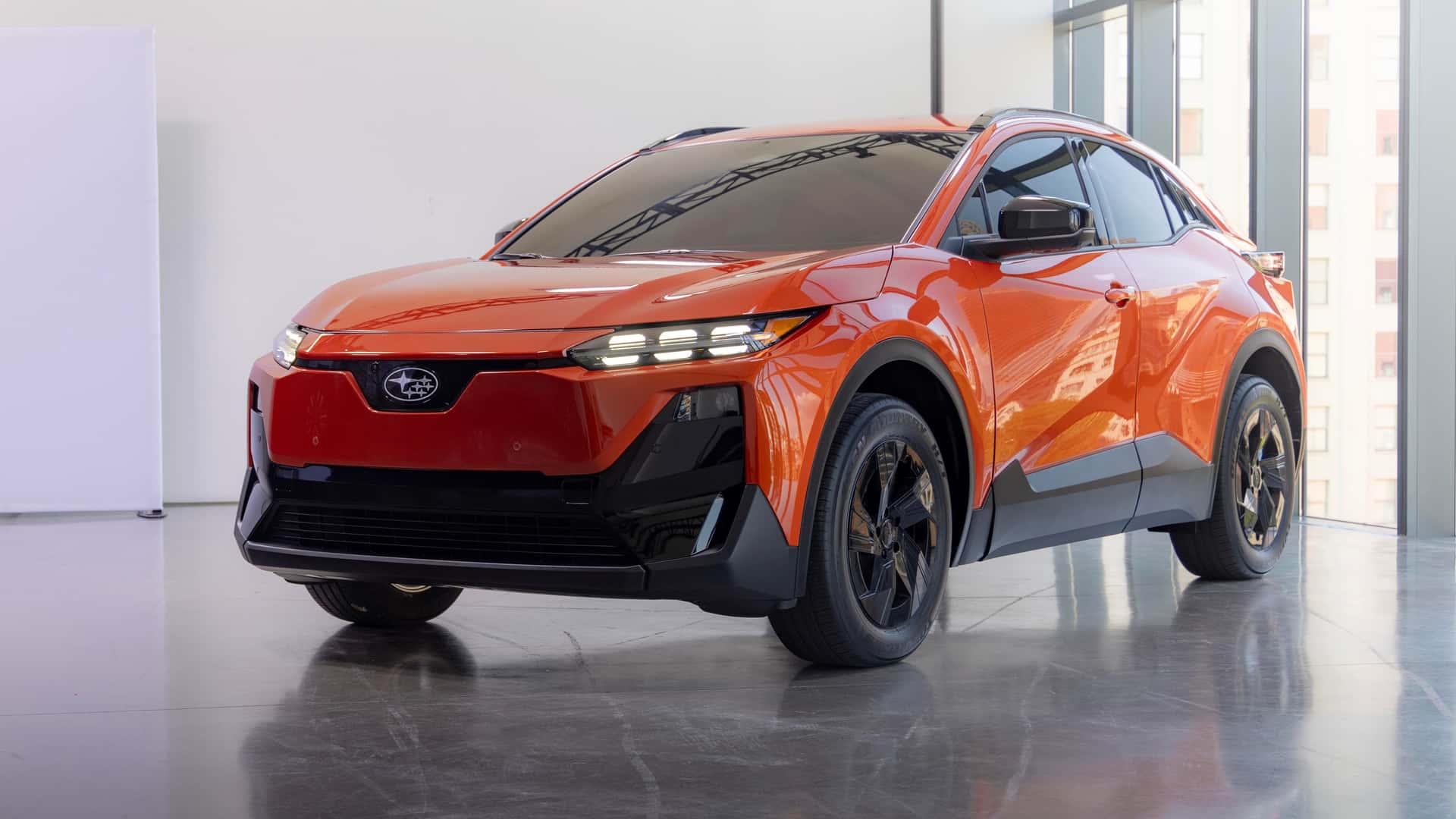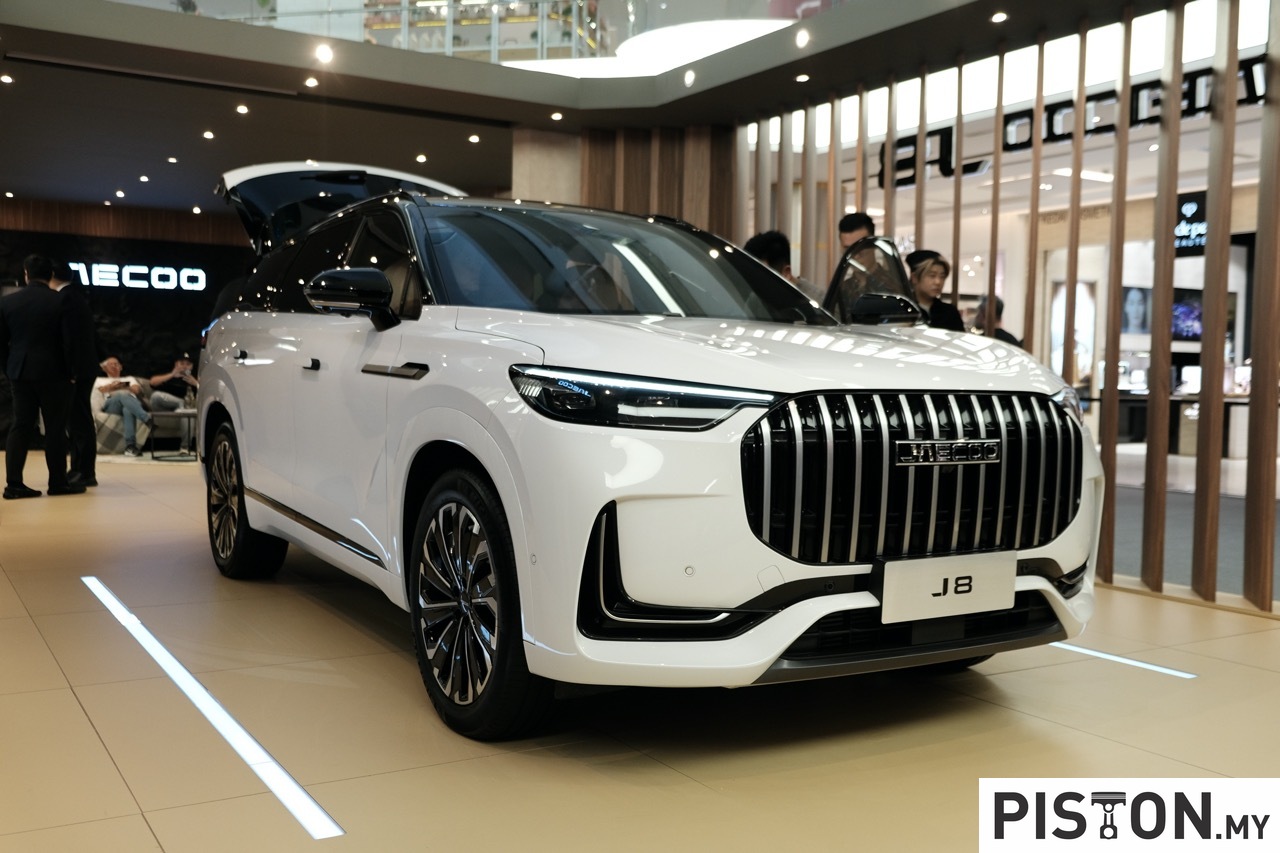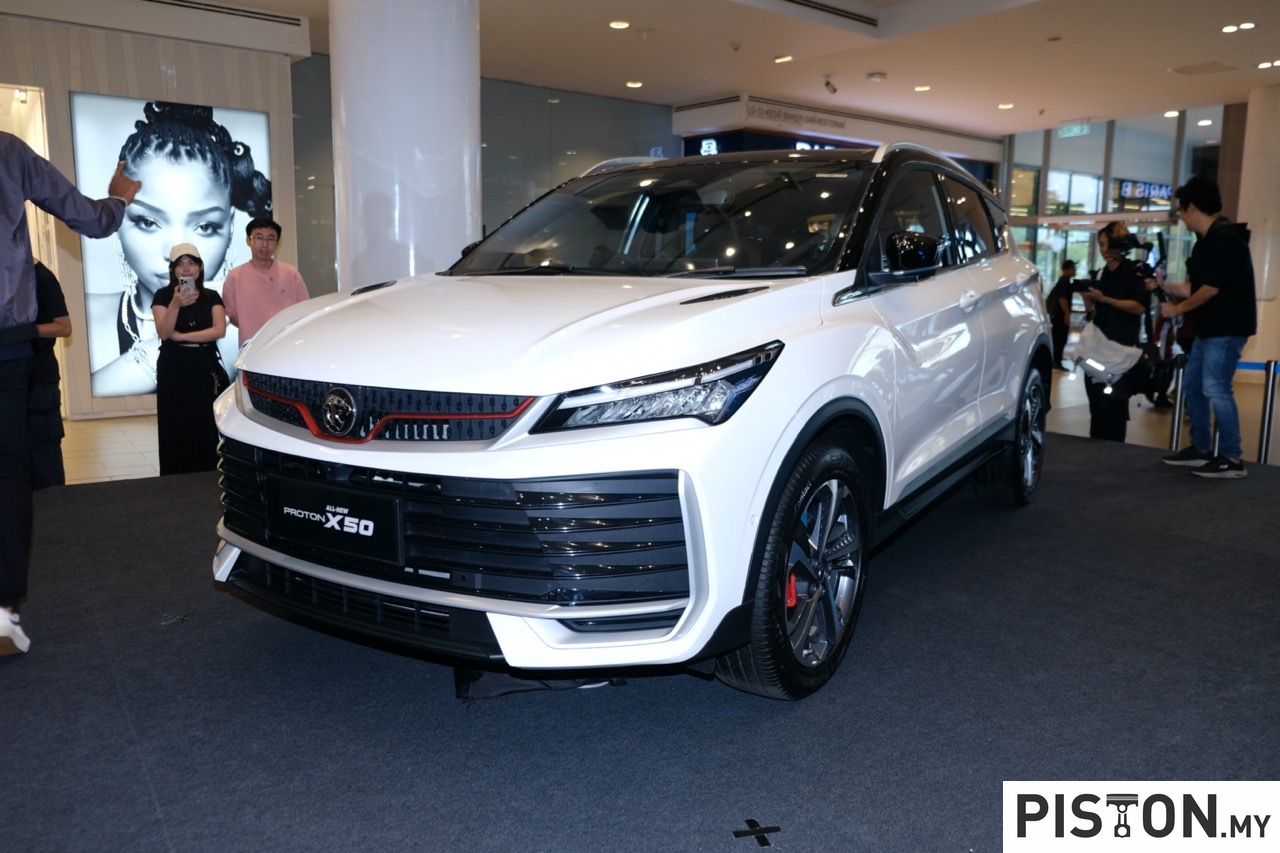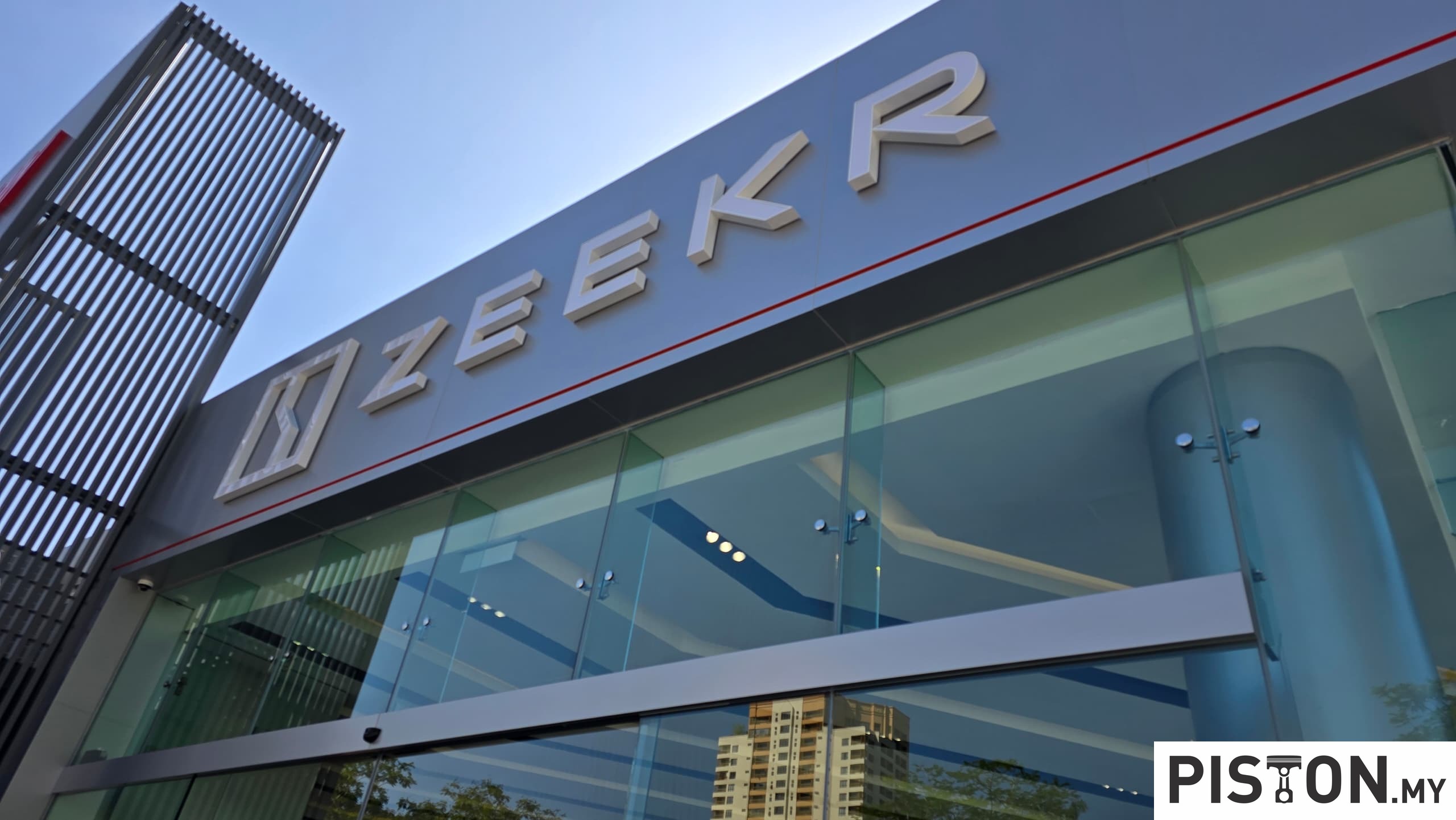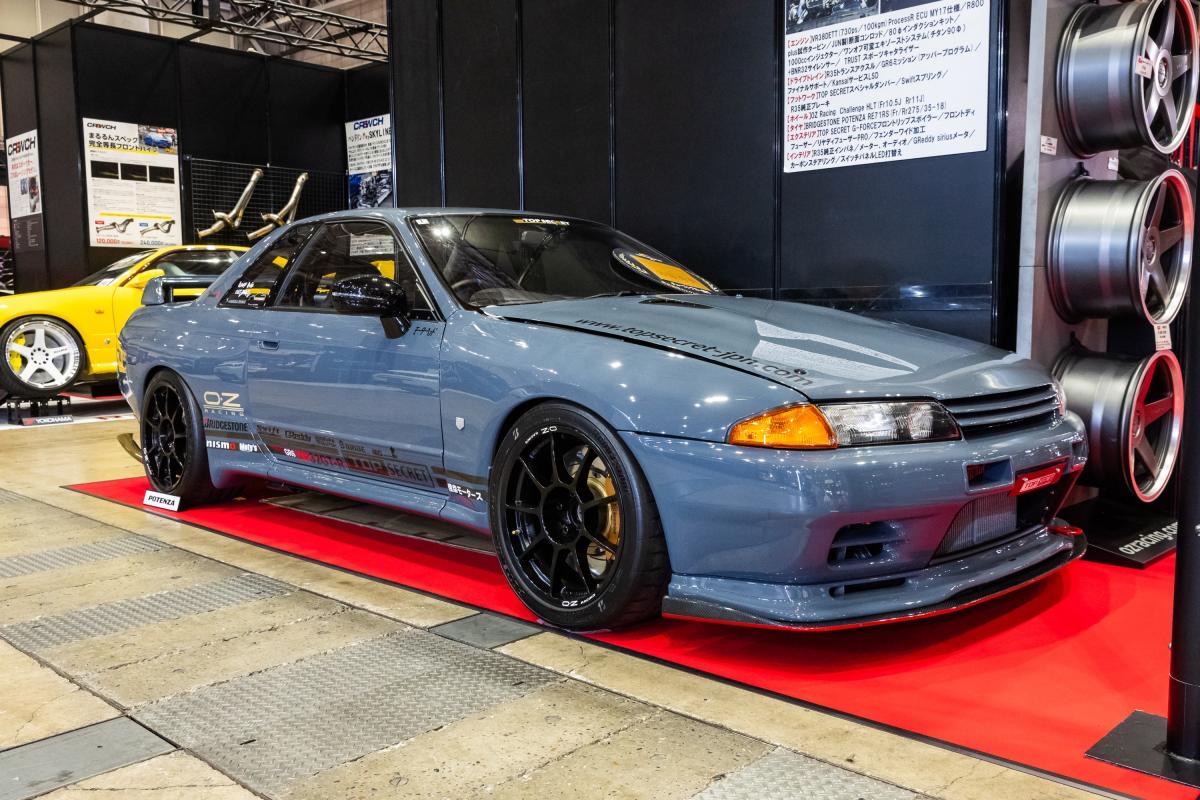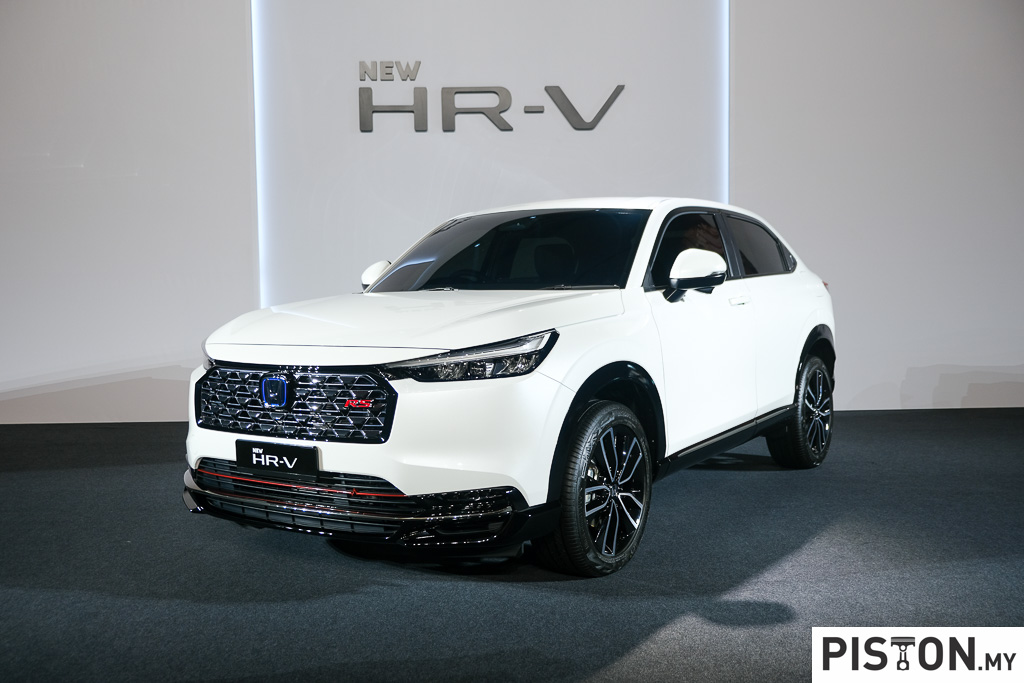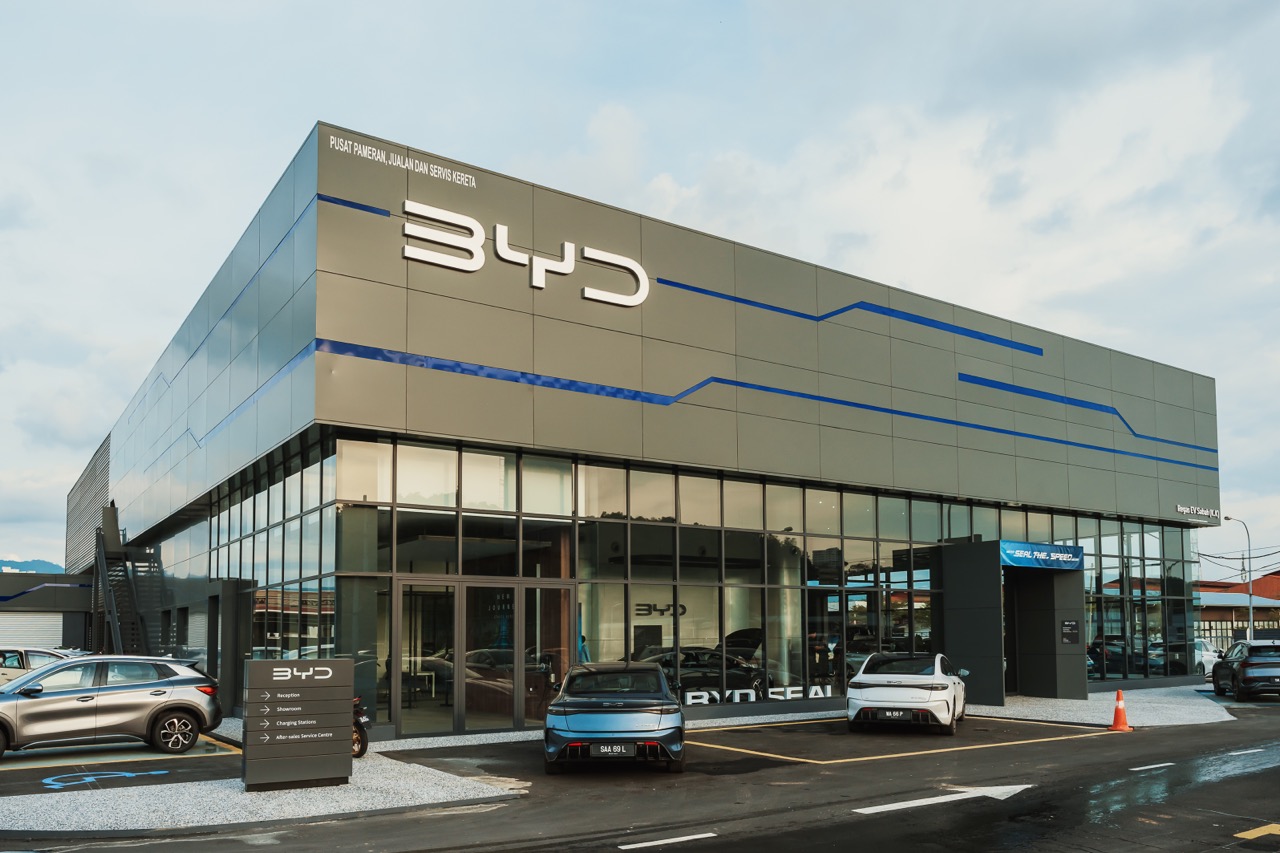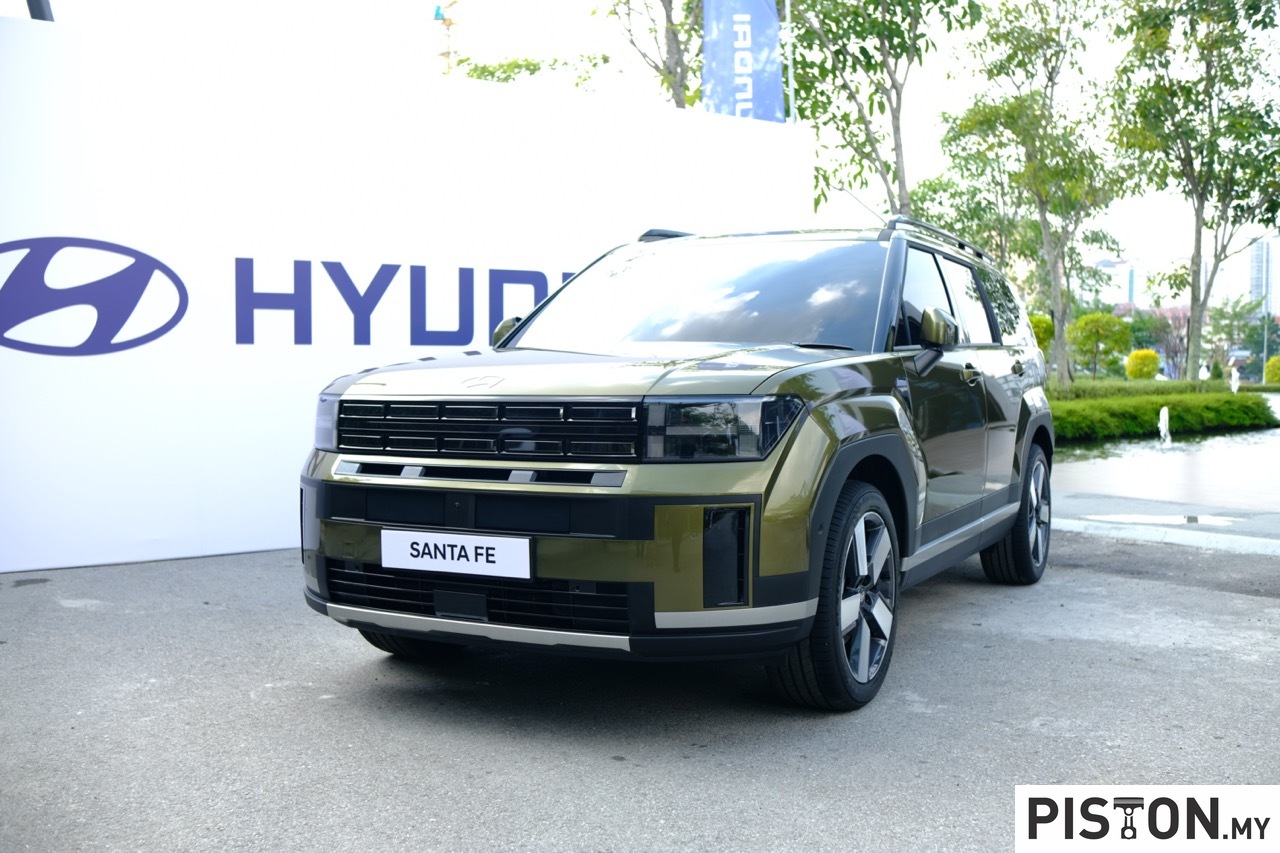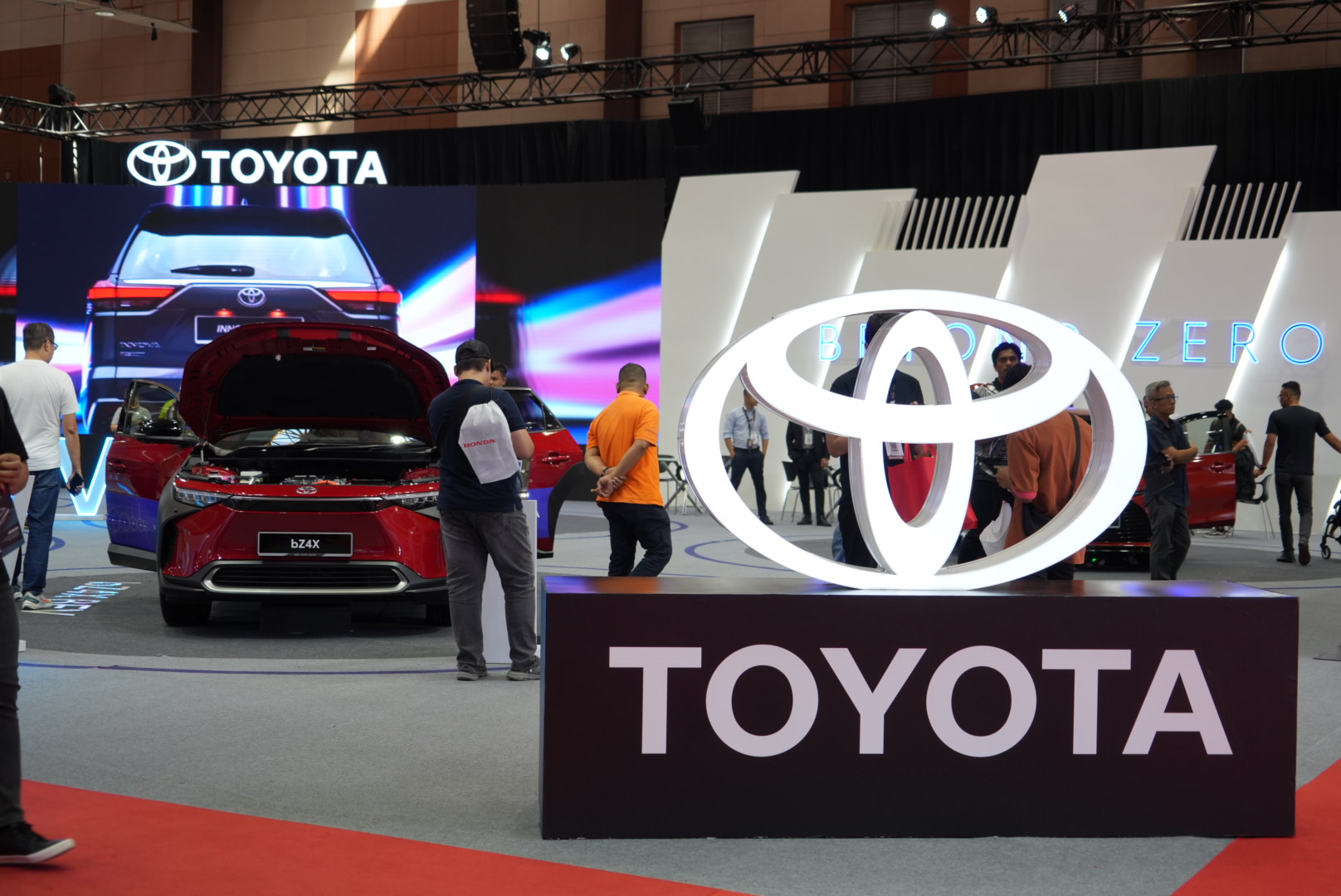With 13 drivers in contention heading into the 2021 Berlin E-Prix, which was Round 15 of the seventh season of Formula E run between 2020 and 2021, the scene was set for a frenetic finale. Four of the drivers had a chance at the title so qualifying performance was closely watched.
Conditions varied throughout Group Qualifying, making it anybody’s game. Jaguar Racing’s Mitch Evans soared to Super Pole from Group 1, then produced another strong lap despite ‘rising tensions’ as the championship picture became a little clearer. Jake Dennis (BMW i Andretti Motorsport) was left best of the rest of those right at the sharp end in the battle for the Drivers’ crown but found himself outside of the Super Pole cut-off.
The Brit took a workable ninth, ahead of current standings leader Nyck de Vries (Mercedes-EQ) on 13th and Edo Mortara at 11th, with reigning champion Antonio Felix da Costa (DS TECHEETAH) down in 15th on the starting grid. Lucas di Grassi (Audi Sport ABT Schaeffler), who missed out on Super Pole by only 0.120 seconds, qualified 17th.
Vandoorne’s lap was clean and clinical, with the Belgian happy to recover from some procedural mistakes in qualifying. Rowland joined the Belgian on the front row, just ahead of Evans, while Mahindra Racing’s Alex Sims produced a storming lap, steering his M7Electro to fourth with an ultra-precise lap.
The final race
Right off the line, there was drama and heartbreak as Evans – perhaps the favourite given his strong qualifying performance – and that the rest of the contenders sat outside the top 10 – failed to get away. The pack behind was forced into avoiding action but Mortara couldn’t swerve clear of the stricken Jaguar and a violent crash saw the pair out of the running but unhurt.
That left Jake Dennis (BMW i Andretti Motorsport) – now seventh – seemingly in prime position with standings leader de Vries (Mercedes-EQ) down the order. Even before the field had made the first corner after a spell under the red flag while that start line accident was cleared, another title contender as the Brit locked up into Turn 1 and hit the wall.
The pendulum swung again, with de Vries sitting pretty and Mercedes-EQ looking strong to take Teams’ honours with Vandoorne leading the pack away. Through the first round of ATTACK MODE activations, Nato made it count and flew clear having passed Vandoorne on Lap 10 – the Belgian’s late deployment of the 35 kW boost leaving him shuffled down the top six.
The scrap for points was tough, and Mercedes’ haul, with de Vries also in the points and on the way to eighth, was enough to seal the Teams’ title as it stood. A 3-wide clash with the Porsches heading into the closing stages almost saw both de Vries and Vandoorne in contact but the pair steered clear, avoiding the sort of controversy we have been seeing in F1.
Nato leapt away and left the rest to it, despite an interruption via a second appearance for the MINI Electric Pacesetter as Antonio Felix da Costa was squeezed by Lucas di Grassi at the hairpin – confirming beyond doubt that the Portuguese would have to relinquish his crown. The Venturi racer drove on to a composed victory, with Rowland picking his way through to second while Vandoorne came home third.
Andre Lotterer crossed the finish line fourth ahead of Mahindra Racing’s Alex Sims, Pascal Wehrlein and a resurgent Sam Bird who has fought from 22nd to seventh doing his valiant best for Jaguar’s World Championship chances.
With that, de Vries take home the first Formula E Drivers’ World Championship – this being the first one because the all-electric series has now been given World Championship status by the FIA. Combined with teammate Vandoorne’s podium, that also meant Mercedes-EQ sealed the Teams’ World Championship ahead of Jaguar Racing and DS TECHEETAH.
Last season for Mercedes, Audi and BMW
While it was already announced that Audi would stop involvement in Formula E at the end of this season, there was also news that the Mercedes-EQ team would not continue into the Gen3 era. The team has had only two seasons in Formula E but apparently, the big bosses in Stuttgart have made the decision. Also ending direct factory involvement after this season is BMW which had entered with Andretti Motorsport. However, BMW’s powertrain will continue to be used by the team in its Gen3 racing car in the next season.




